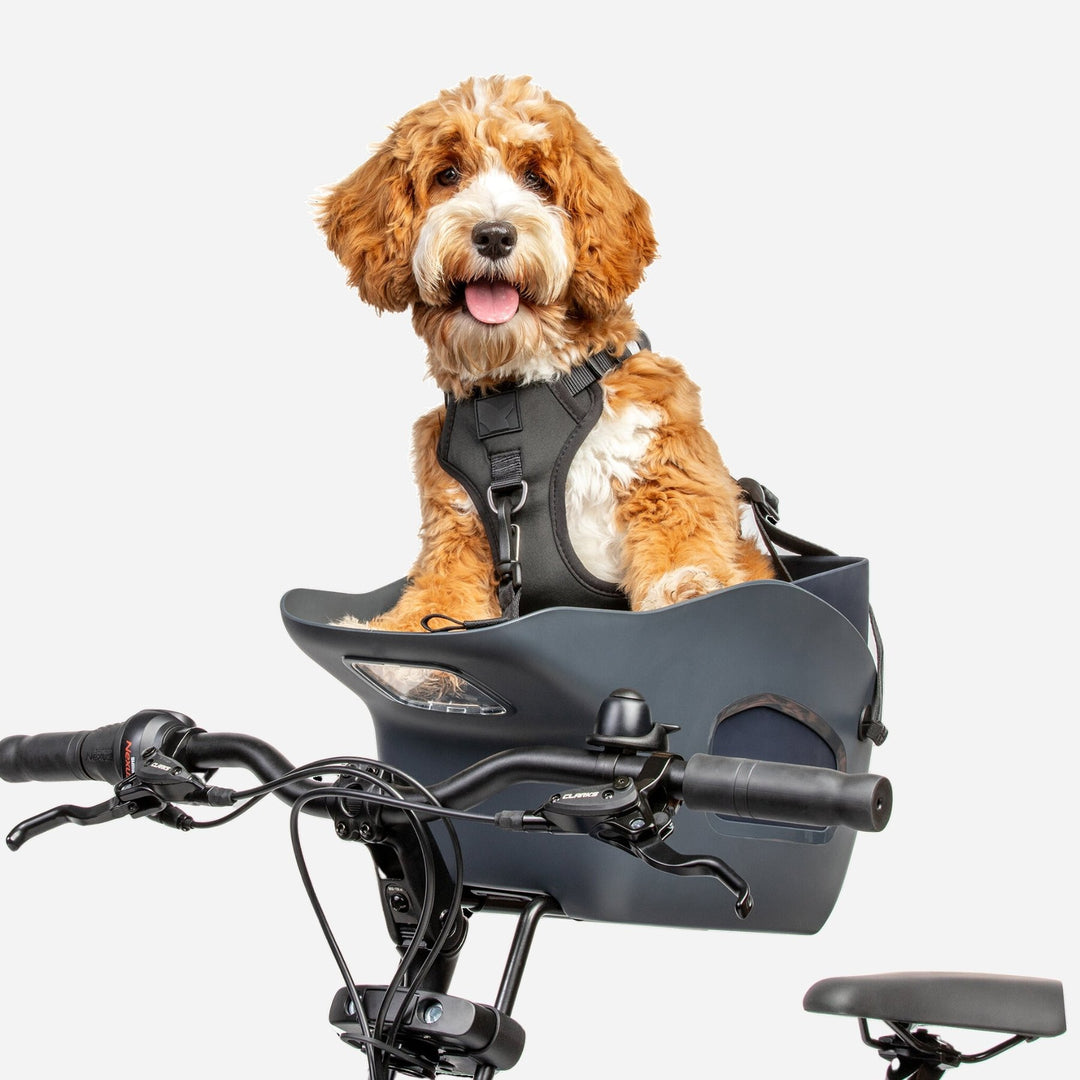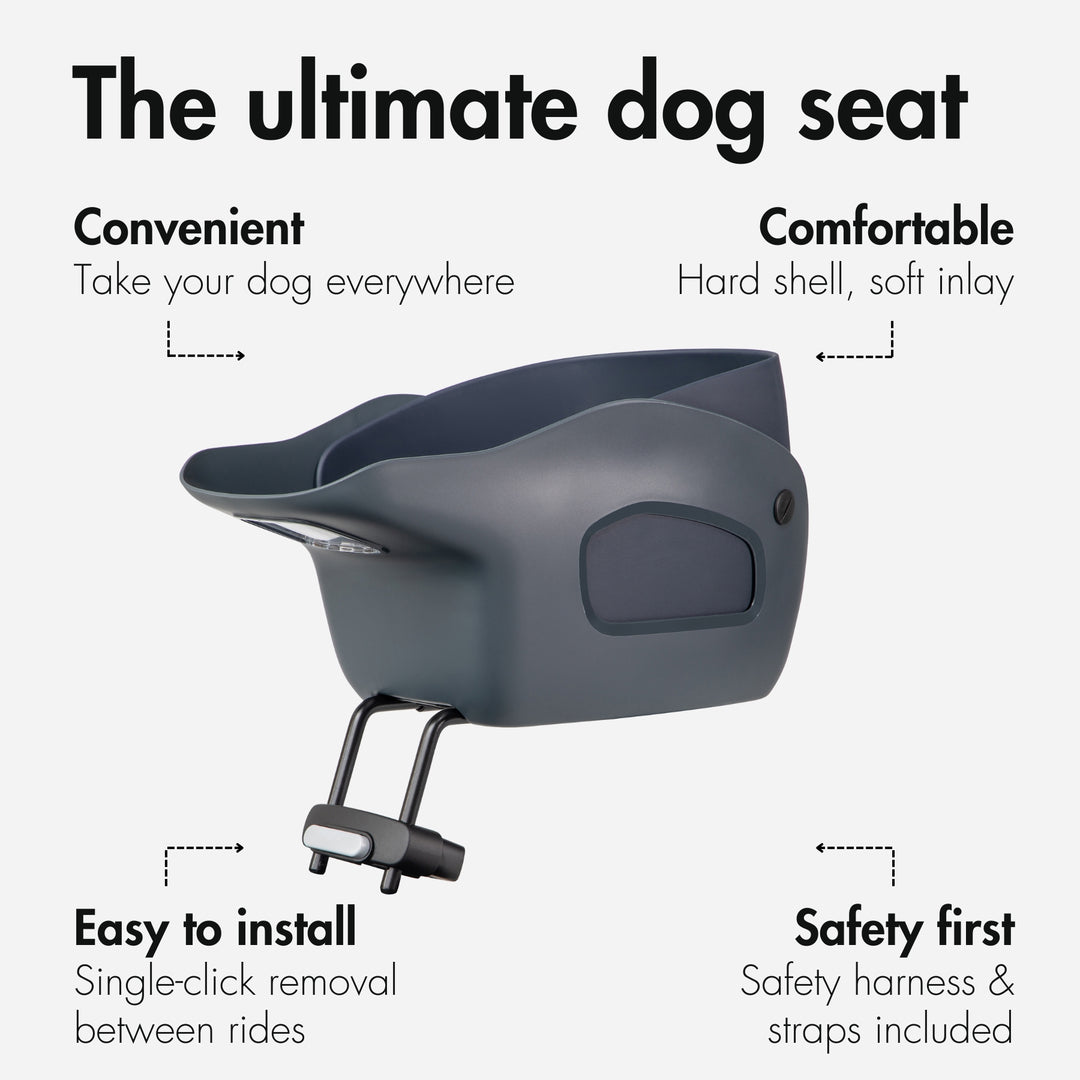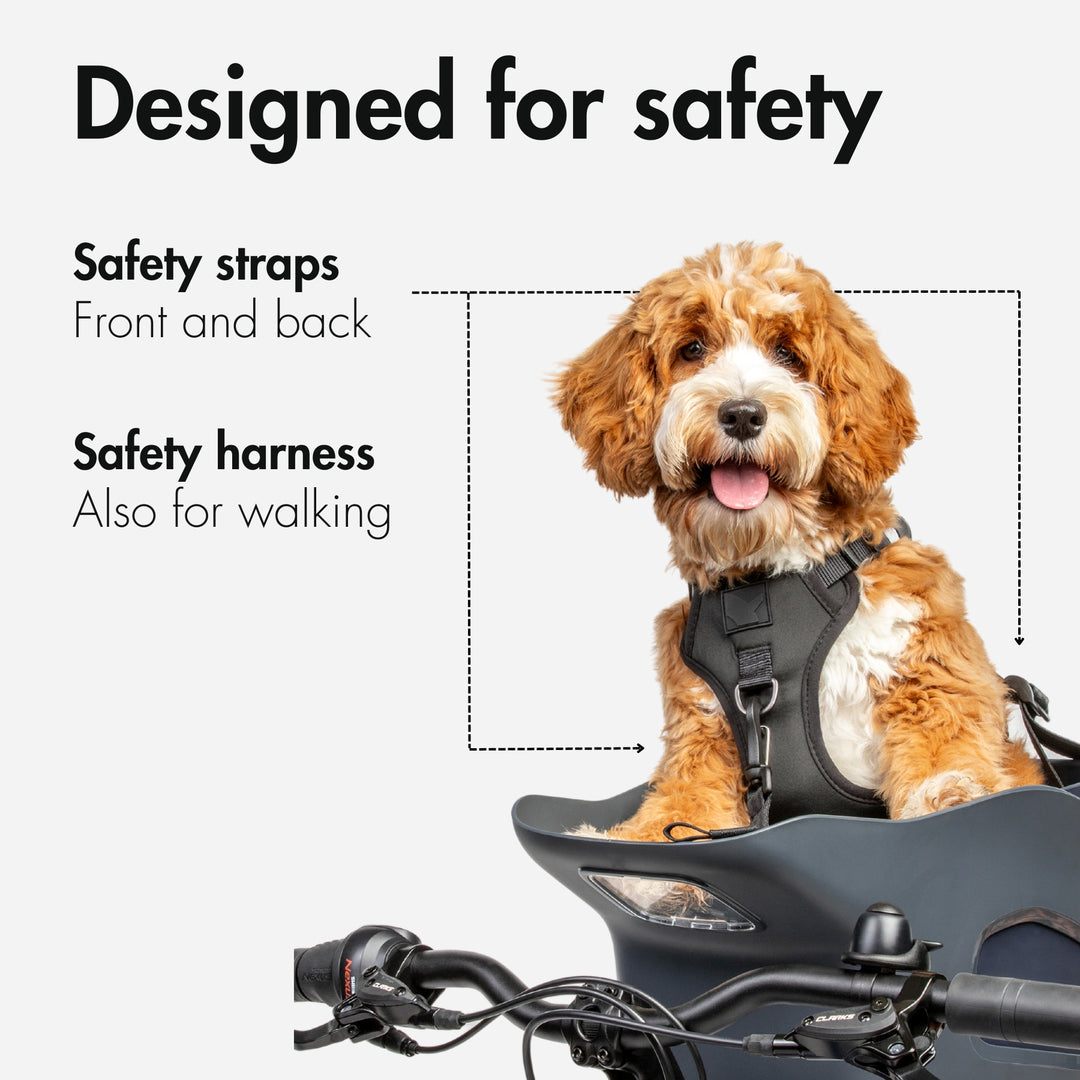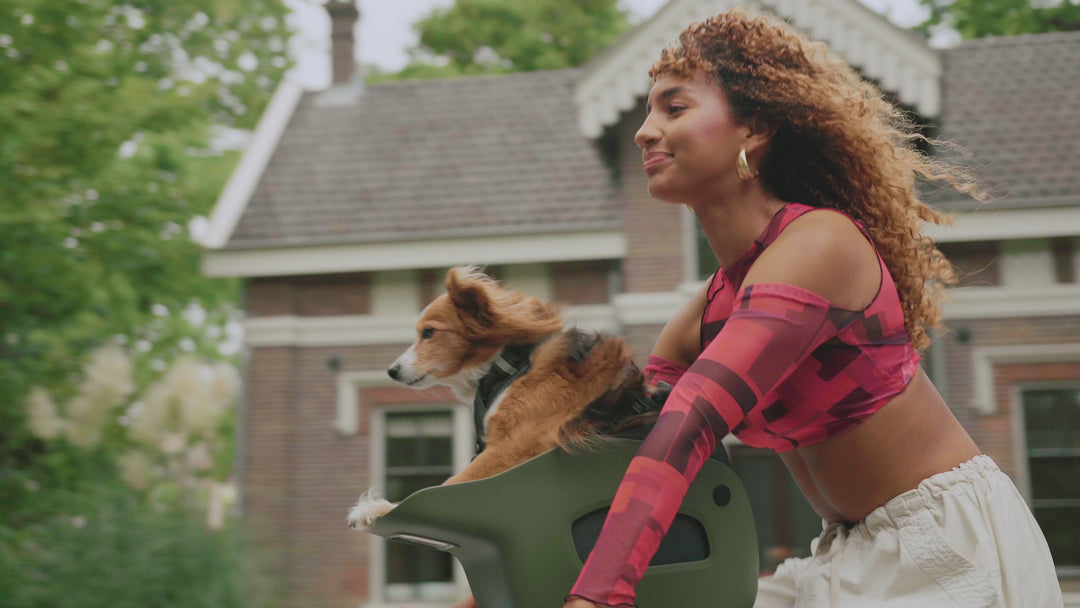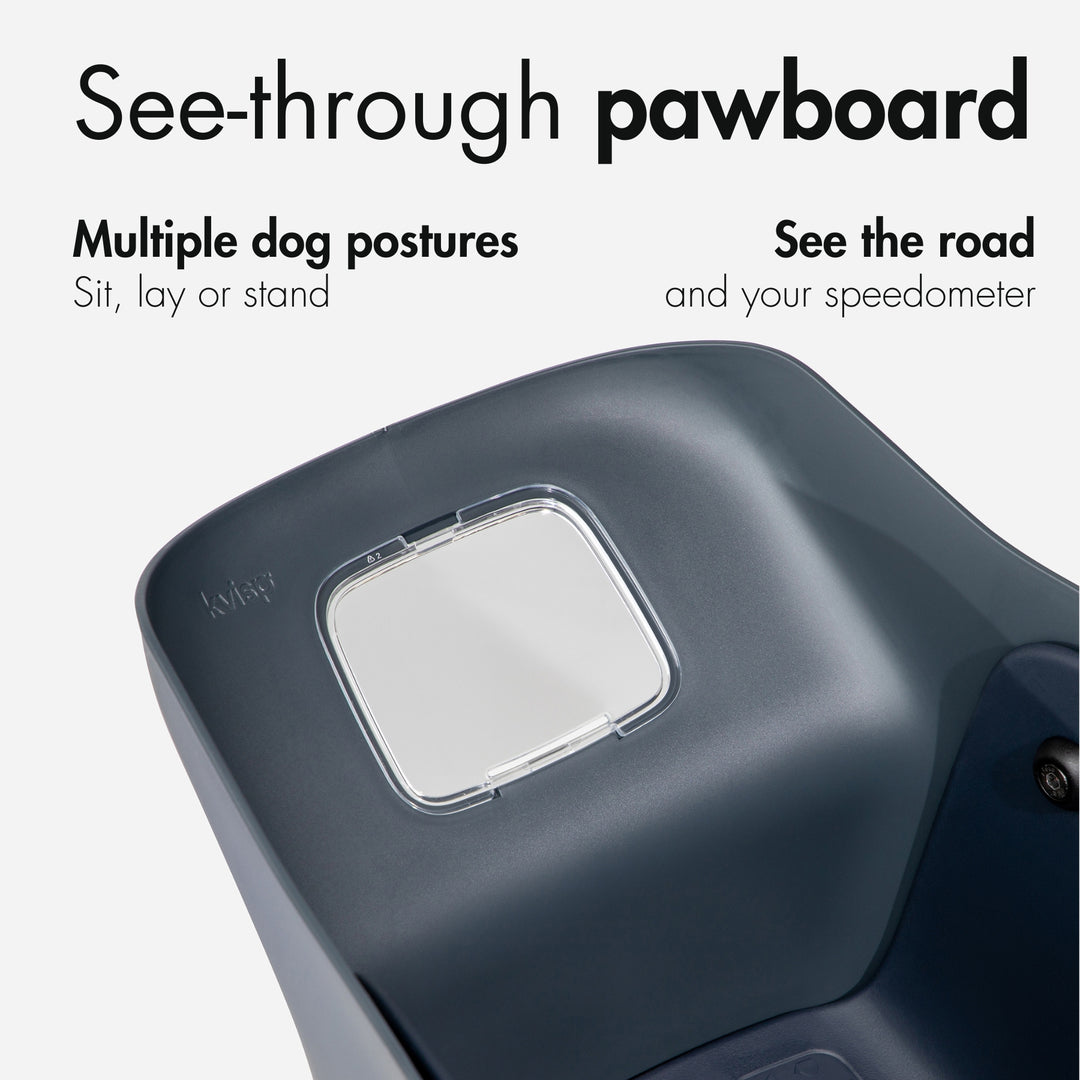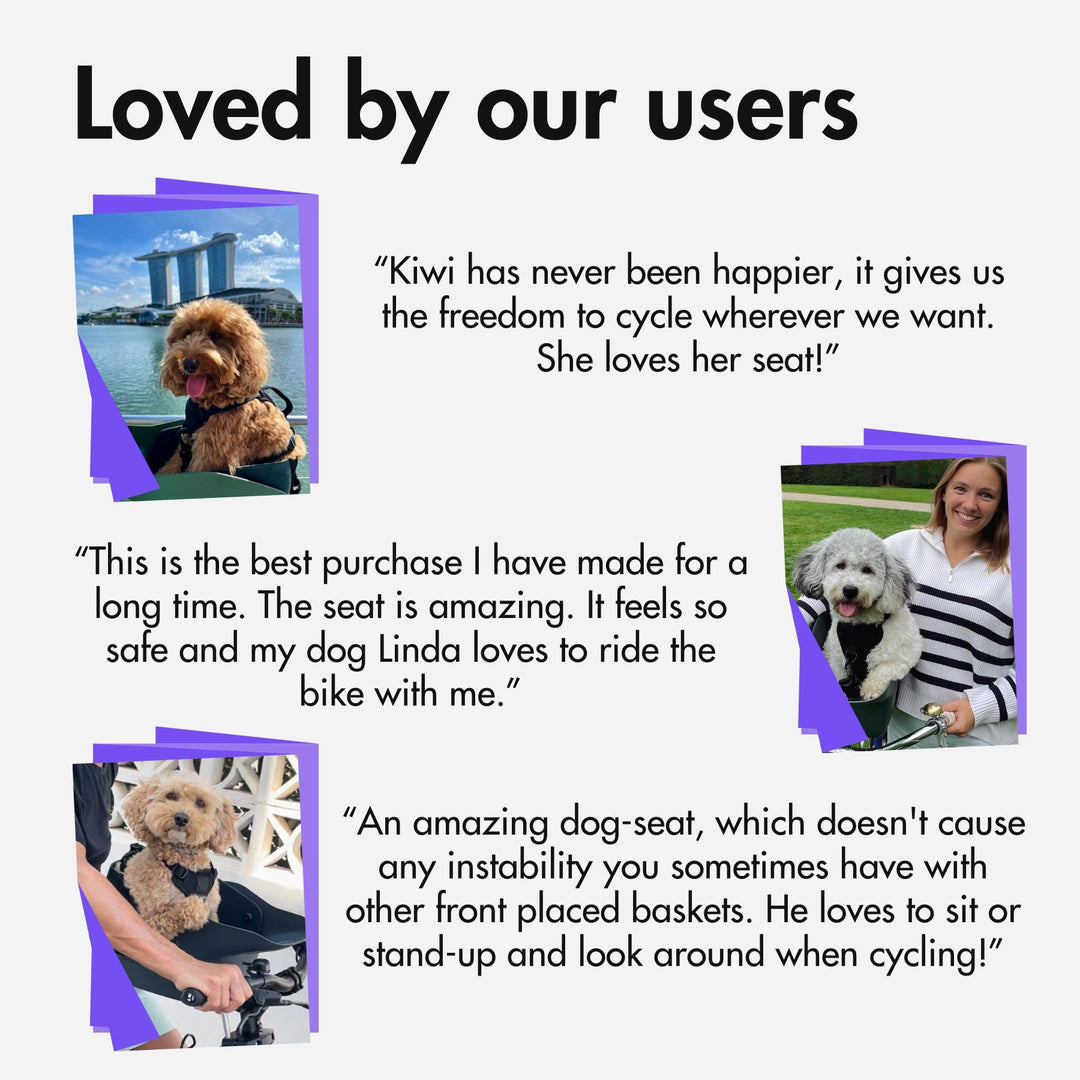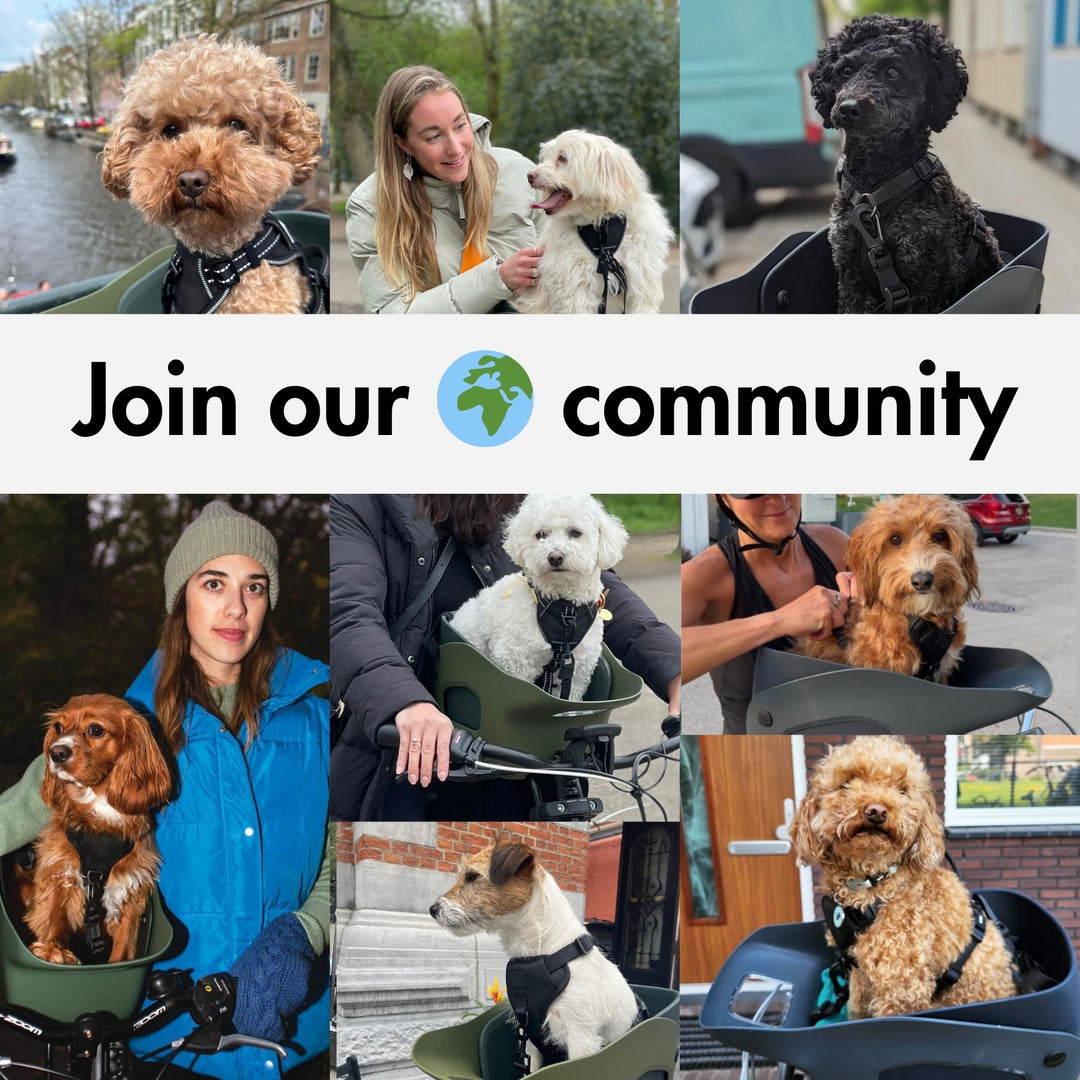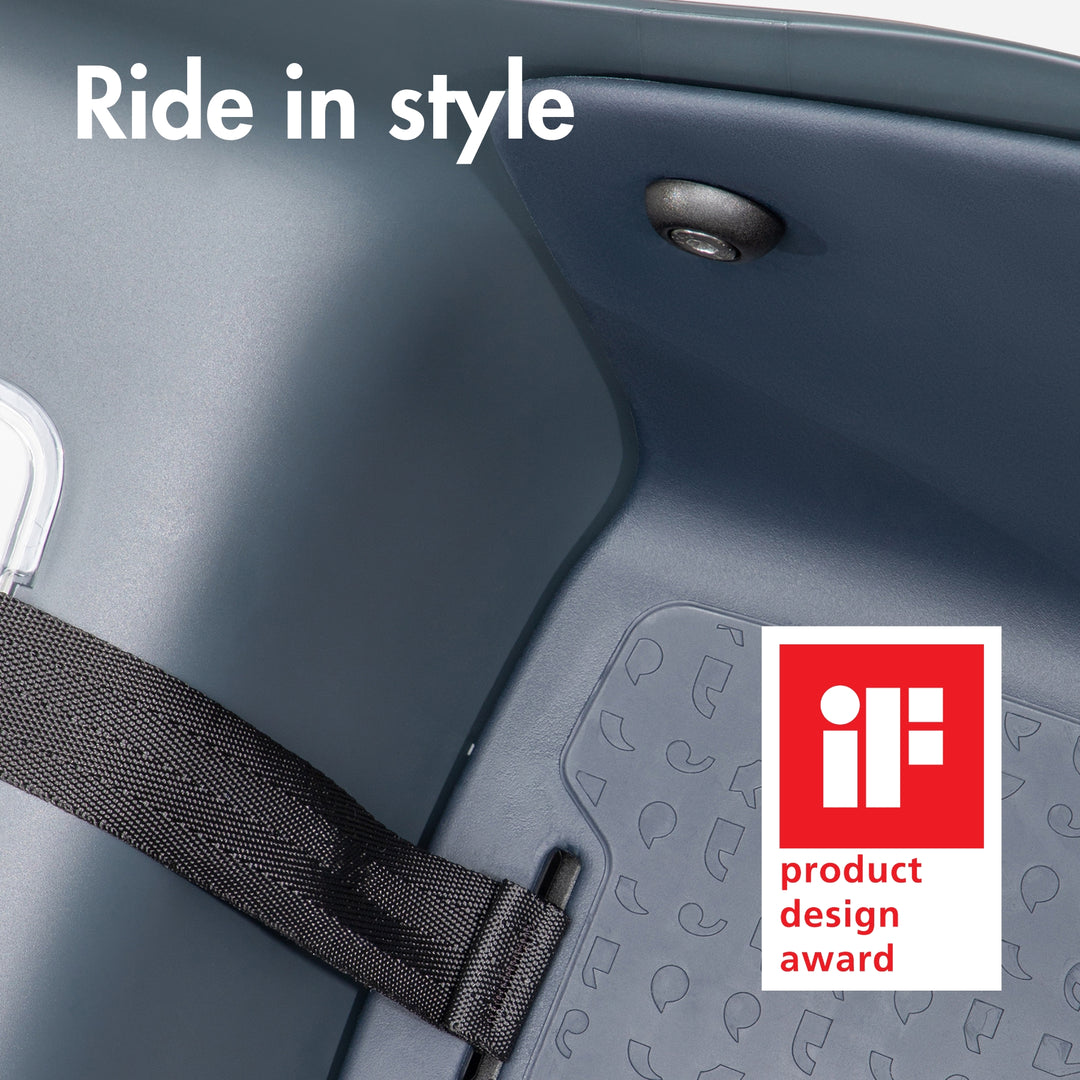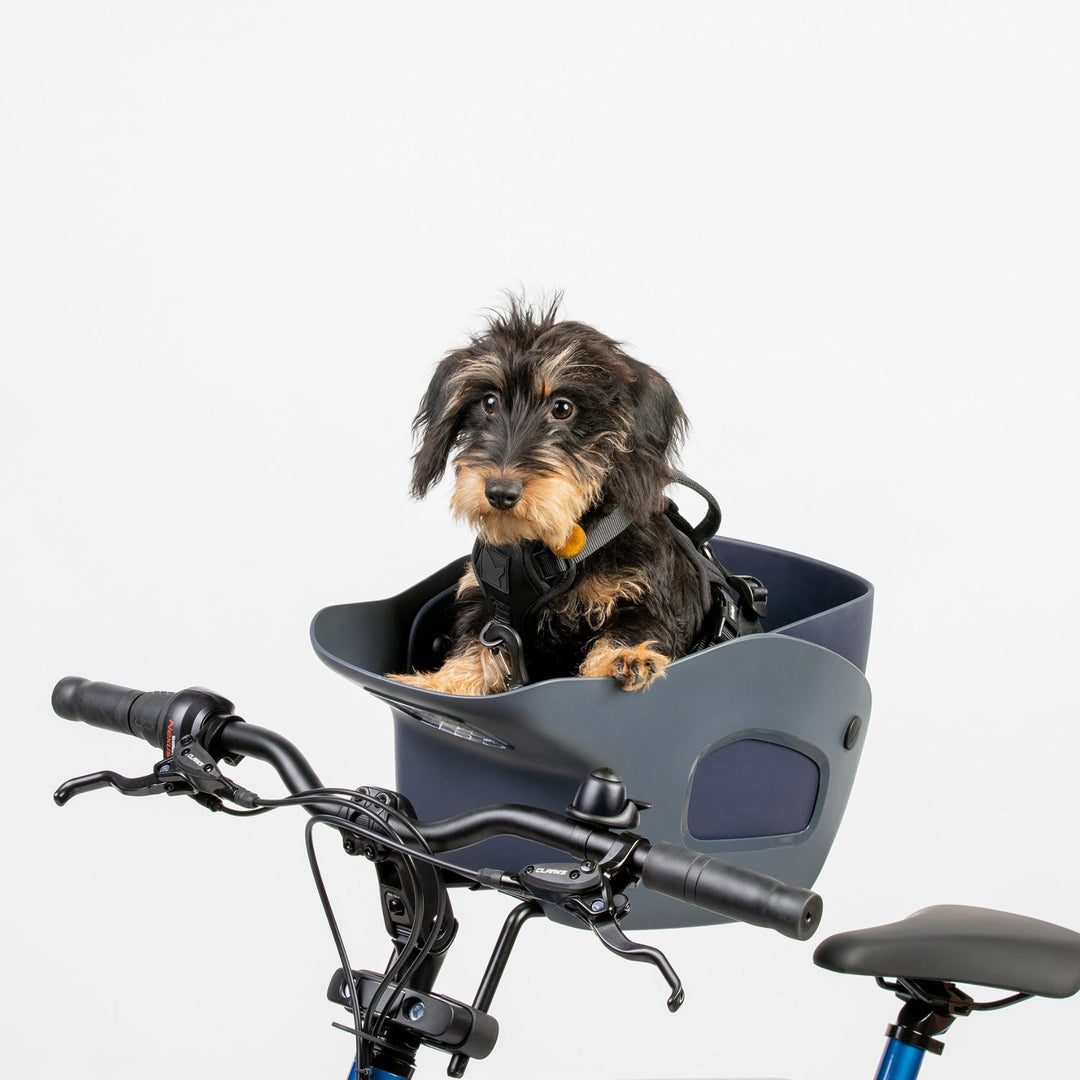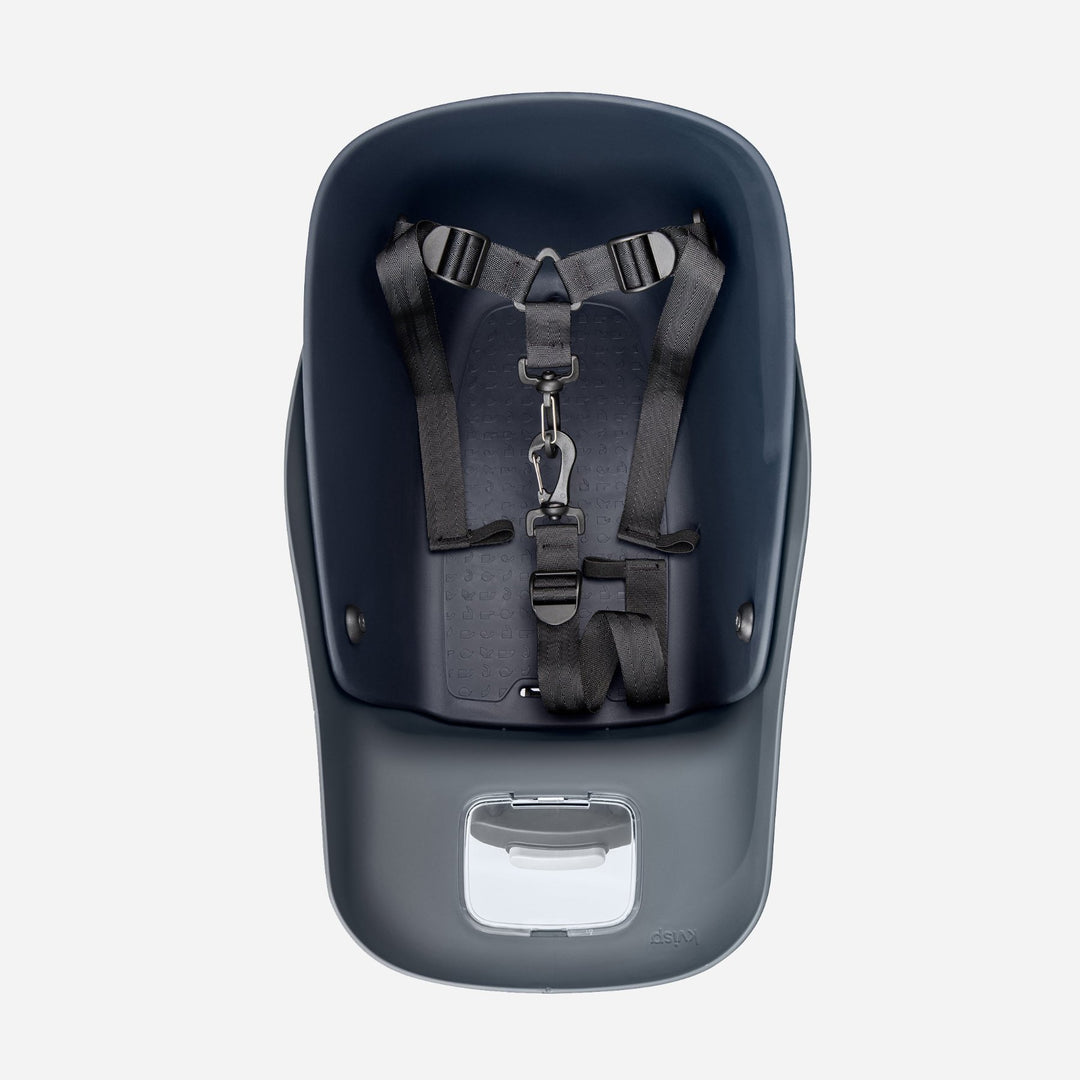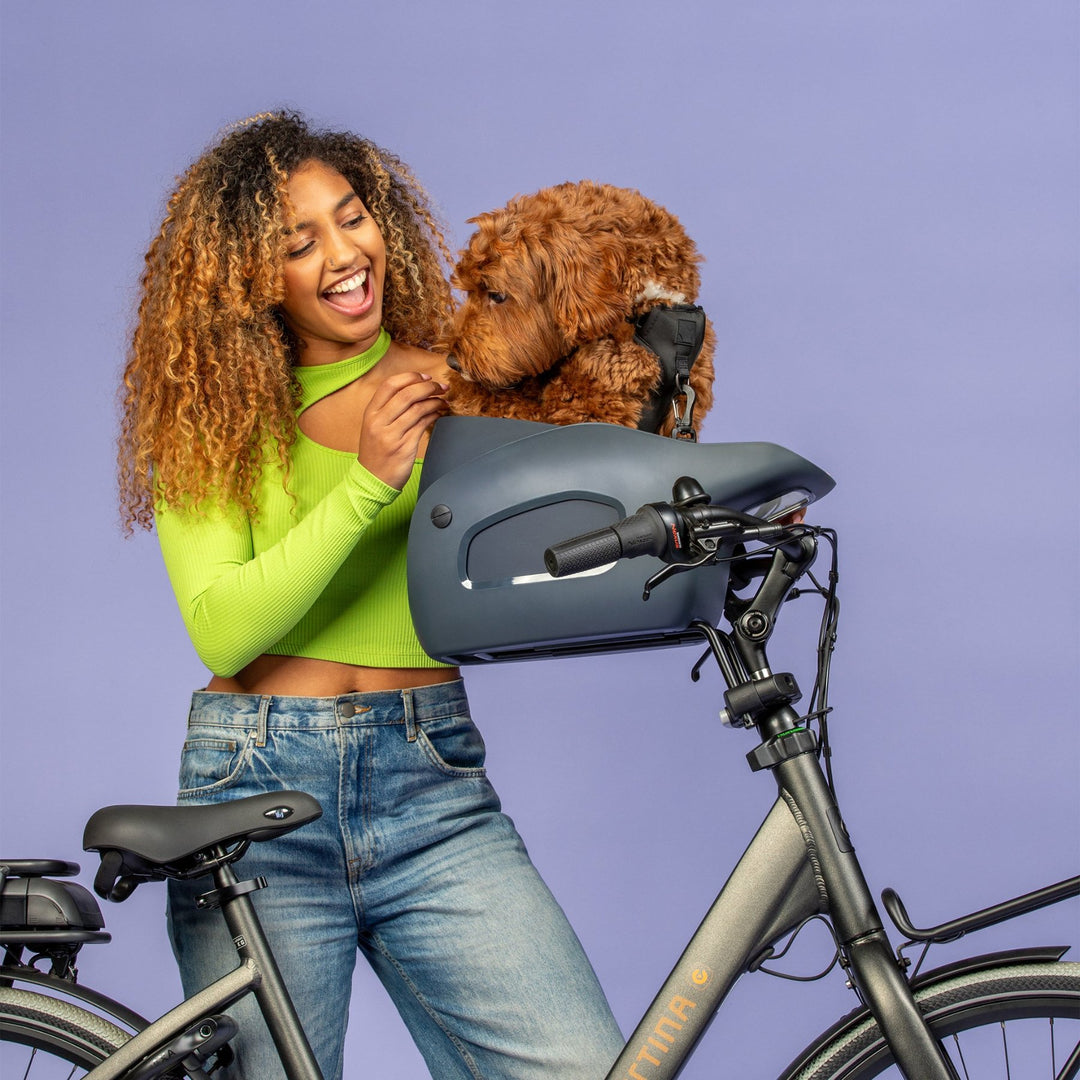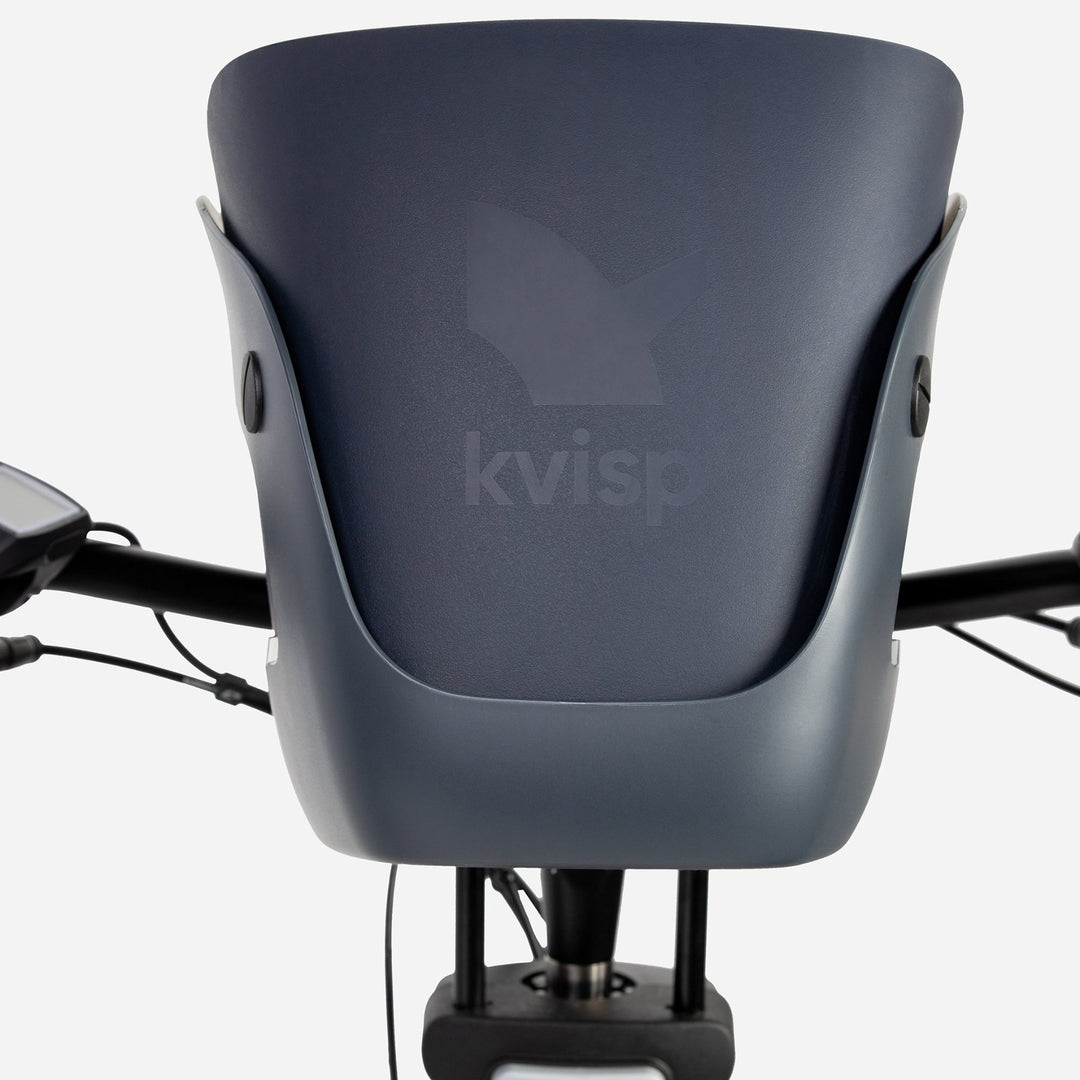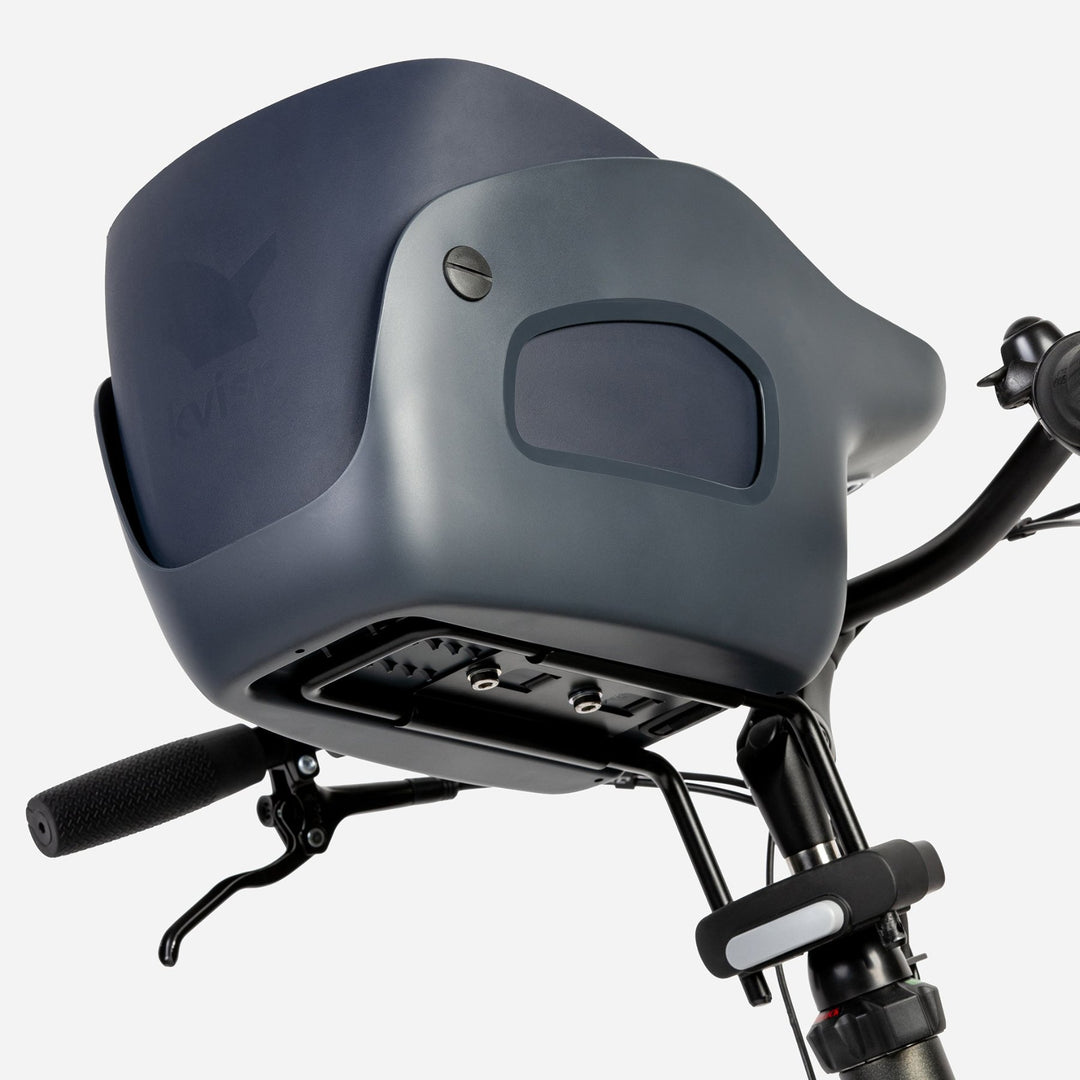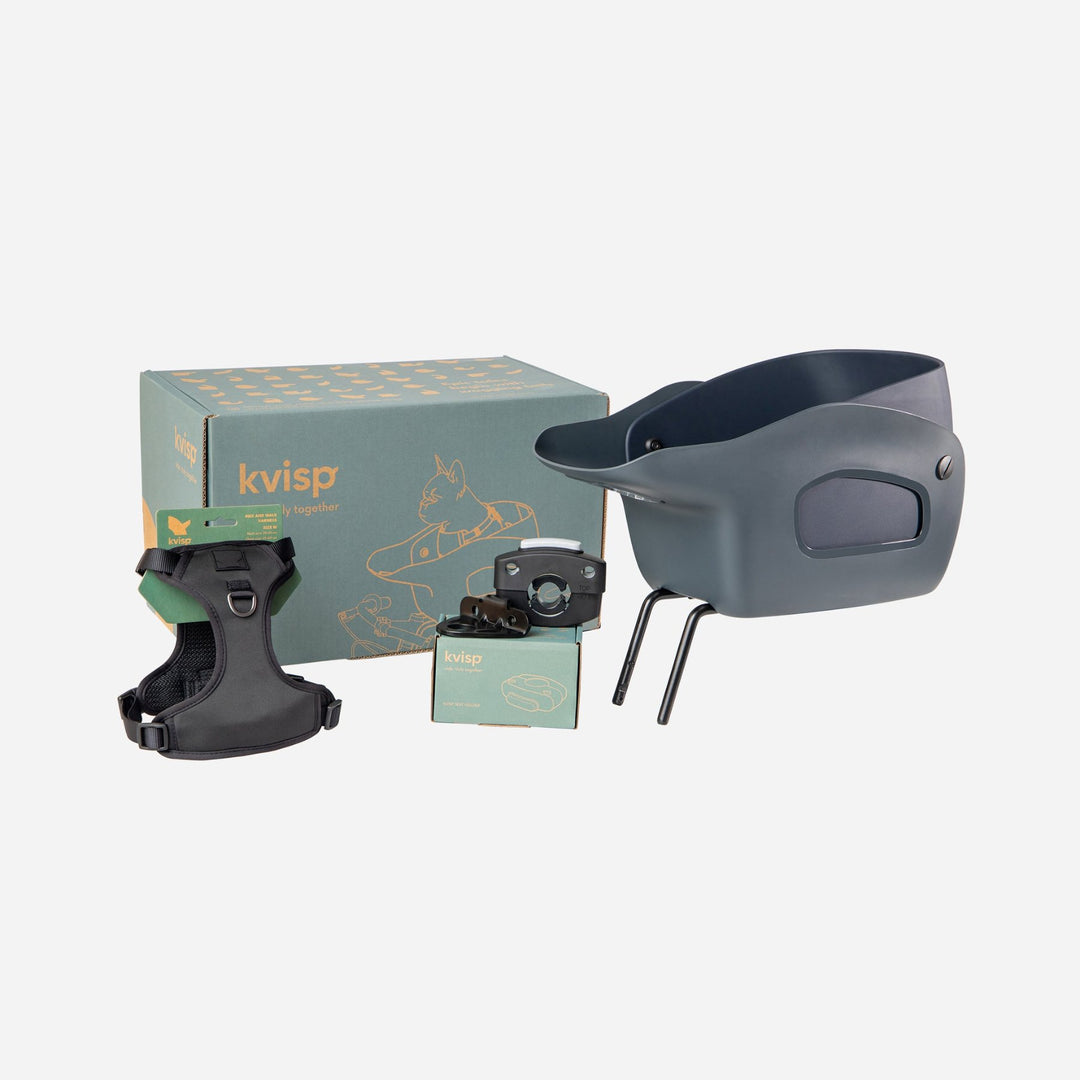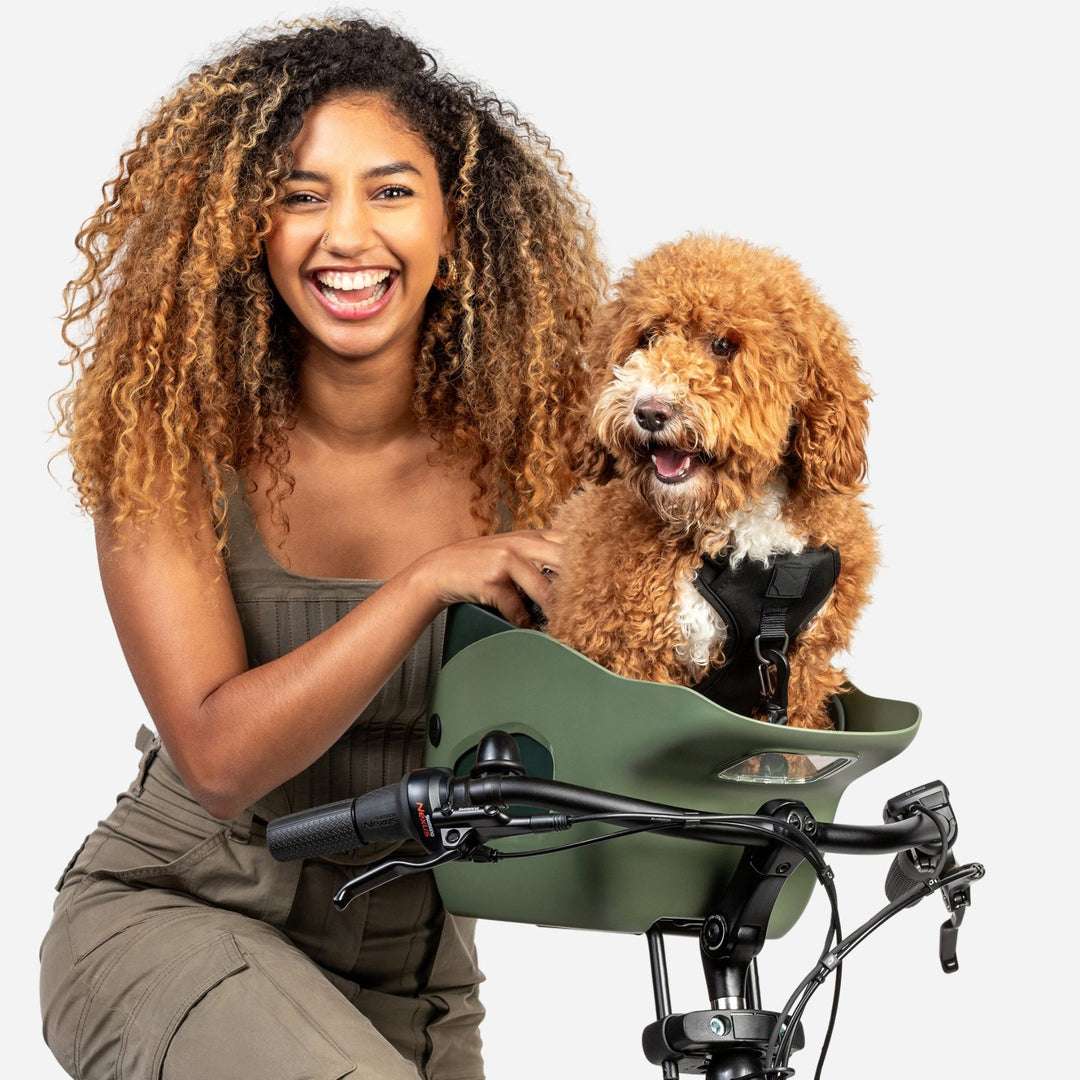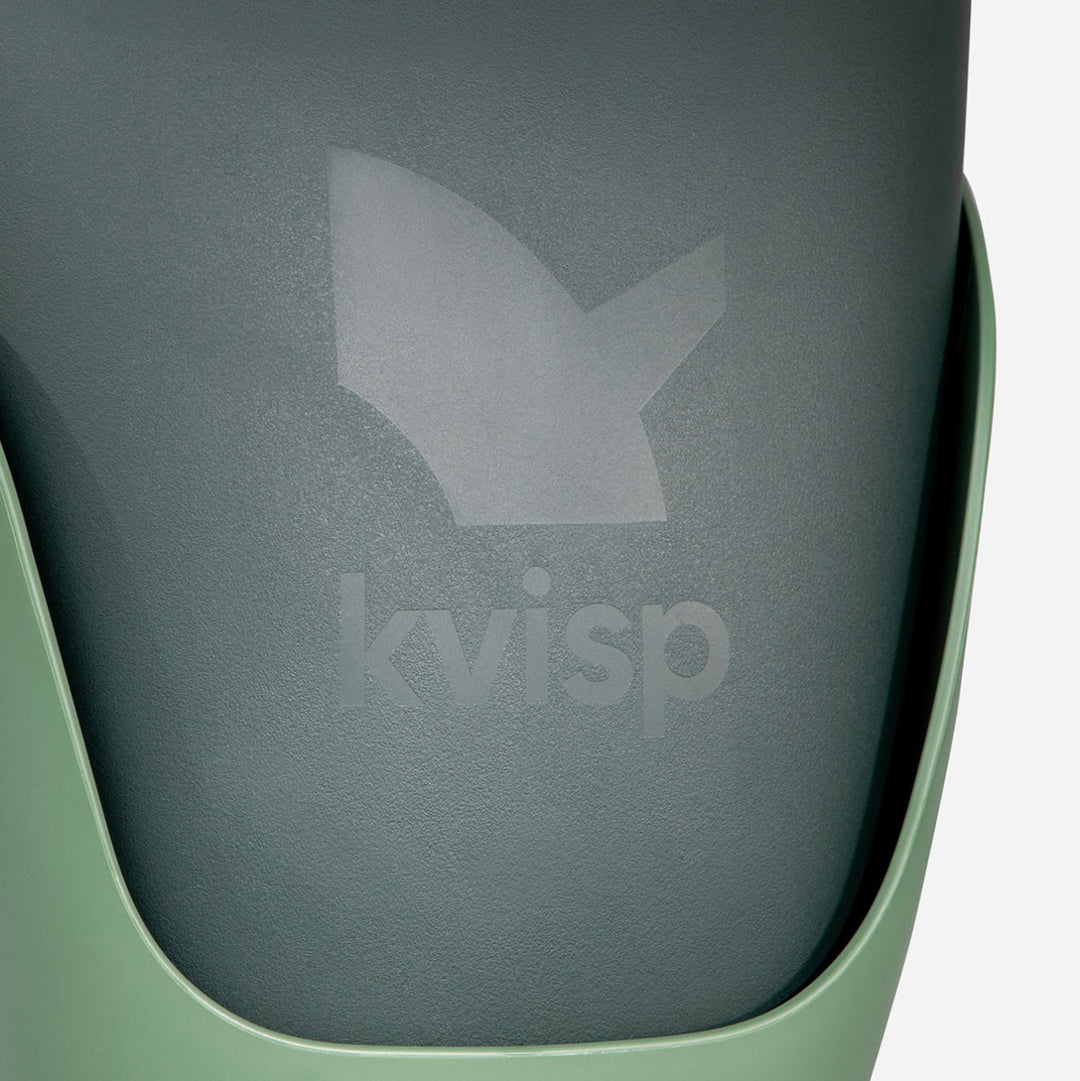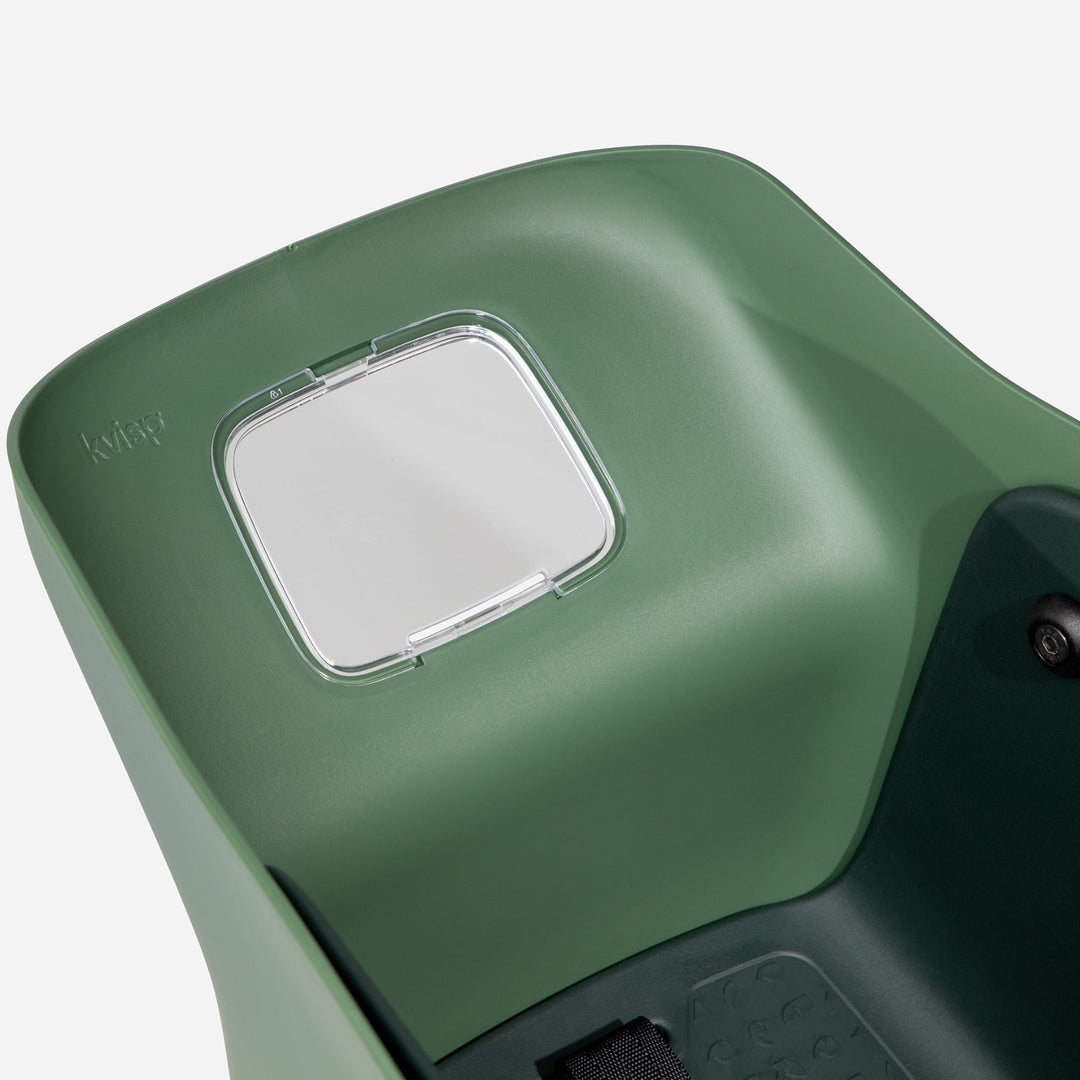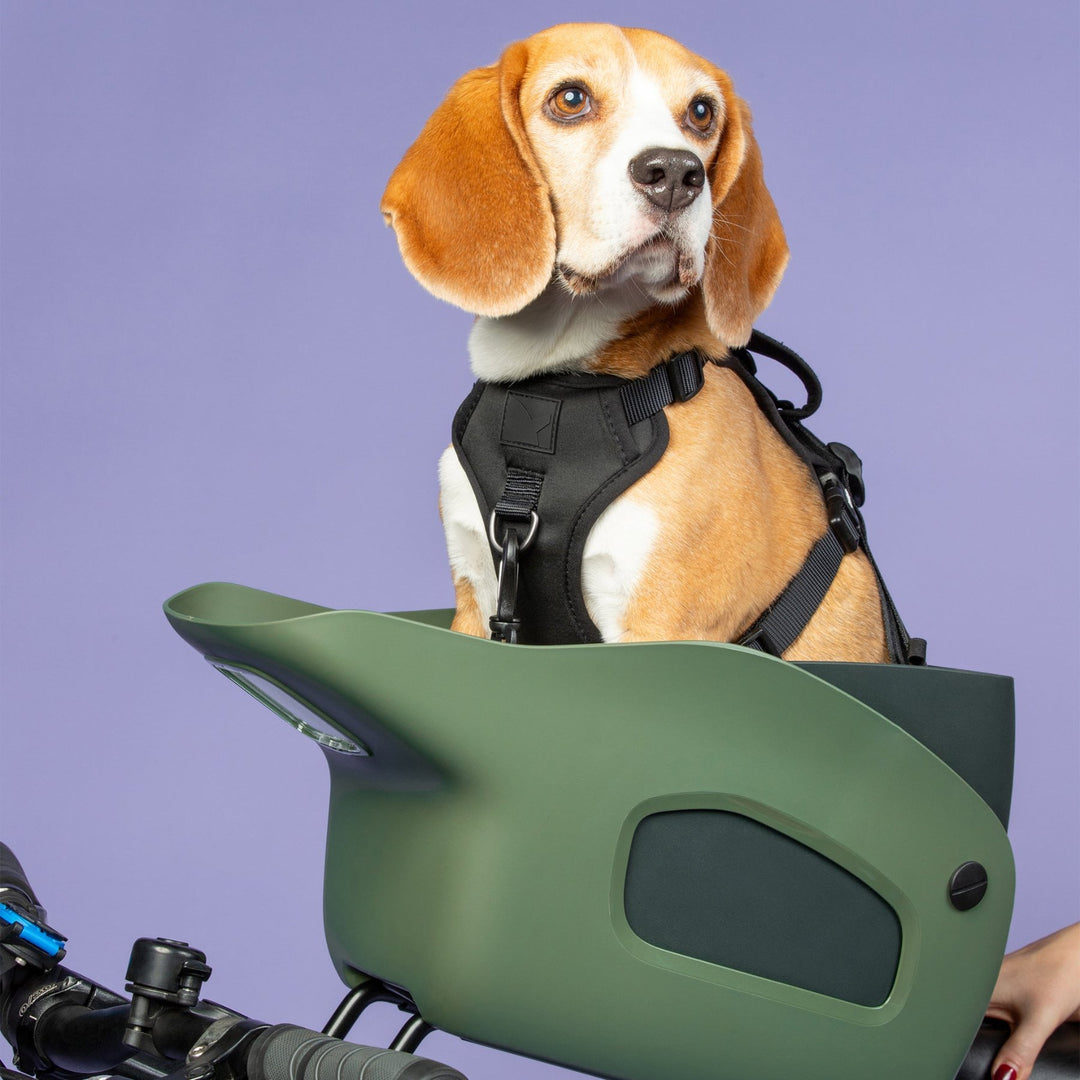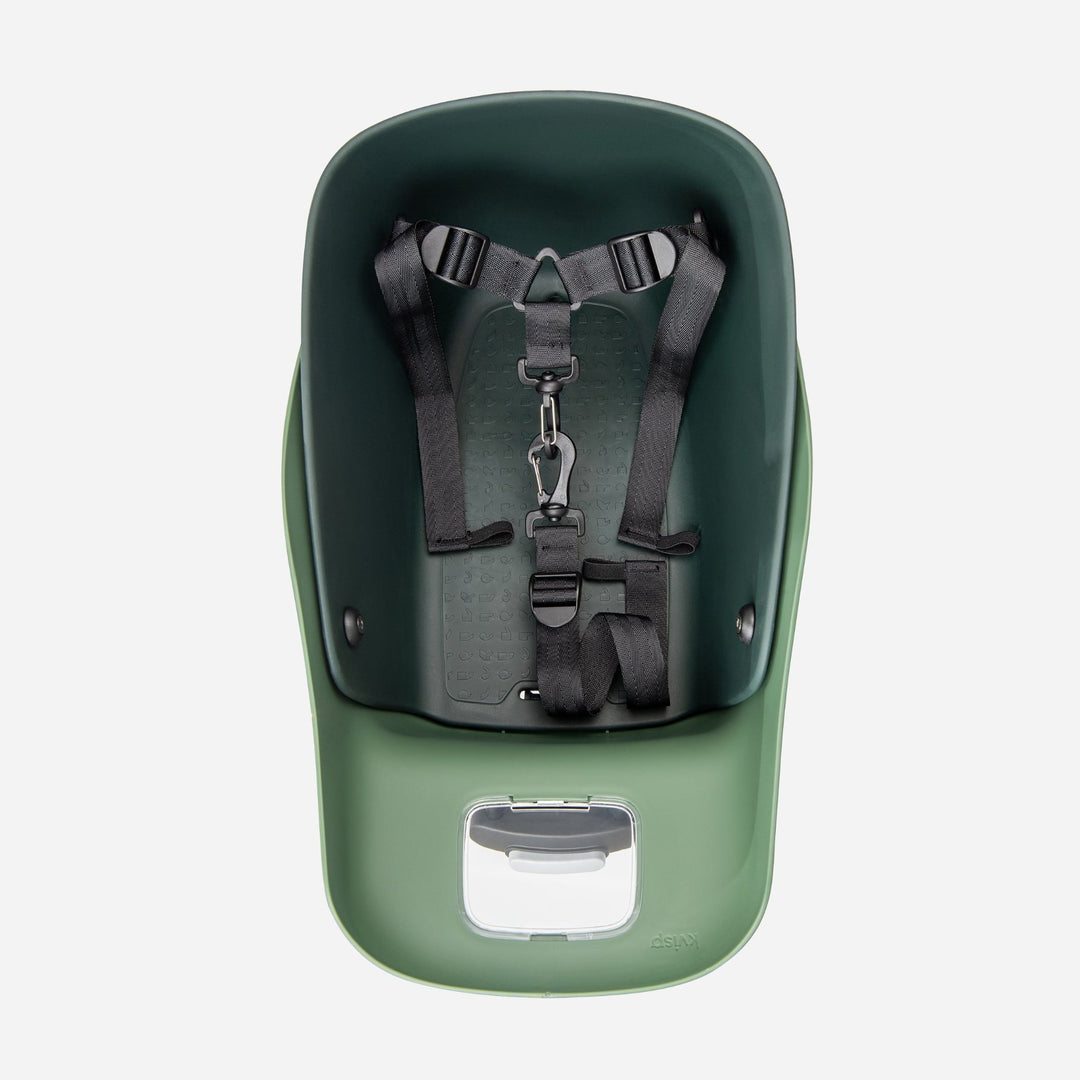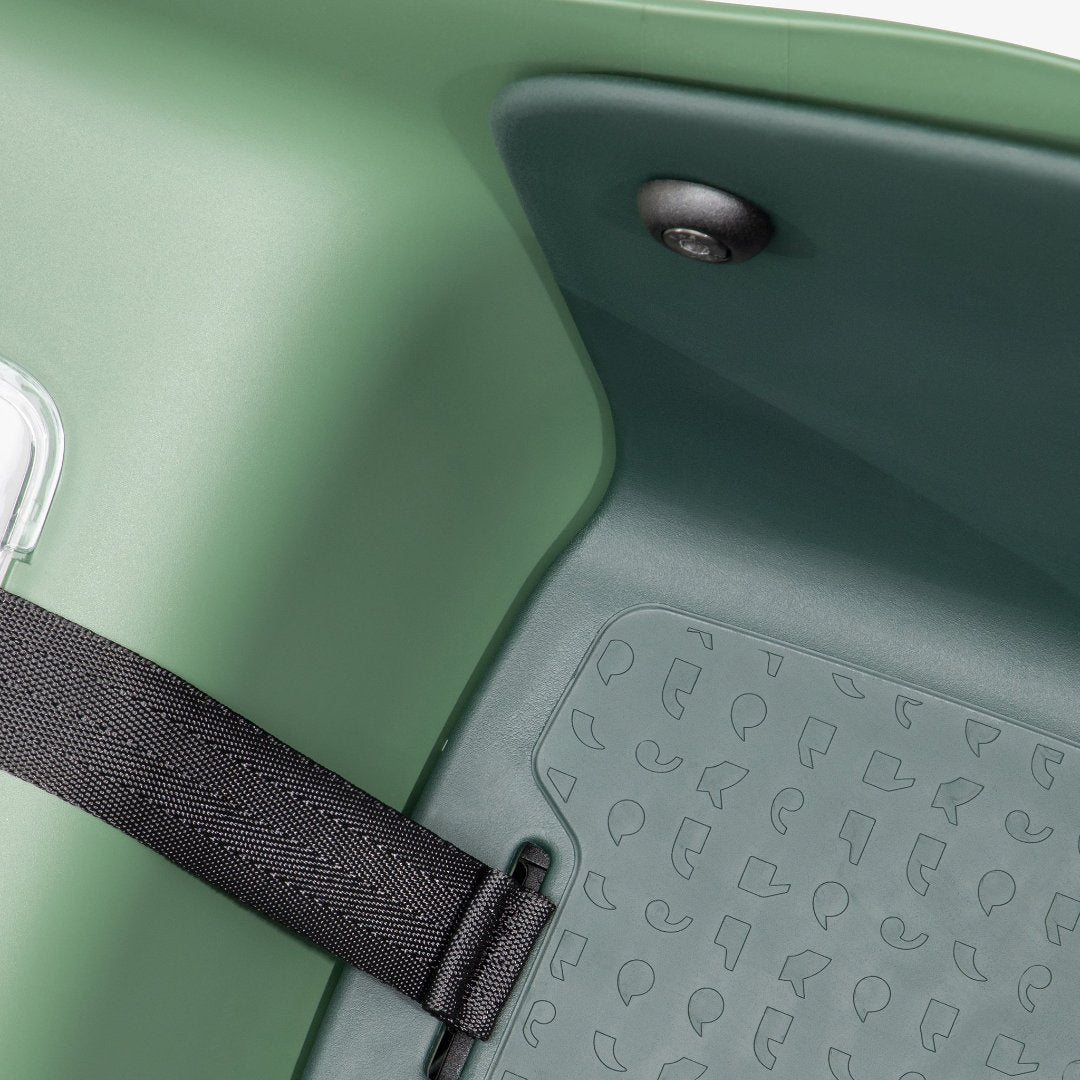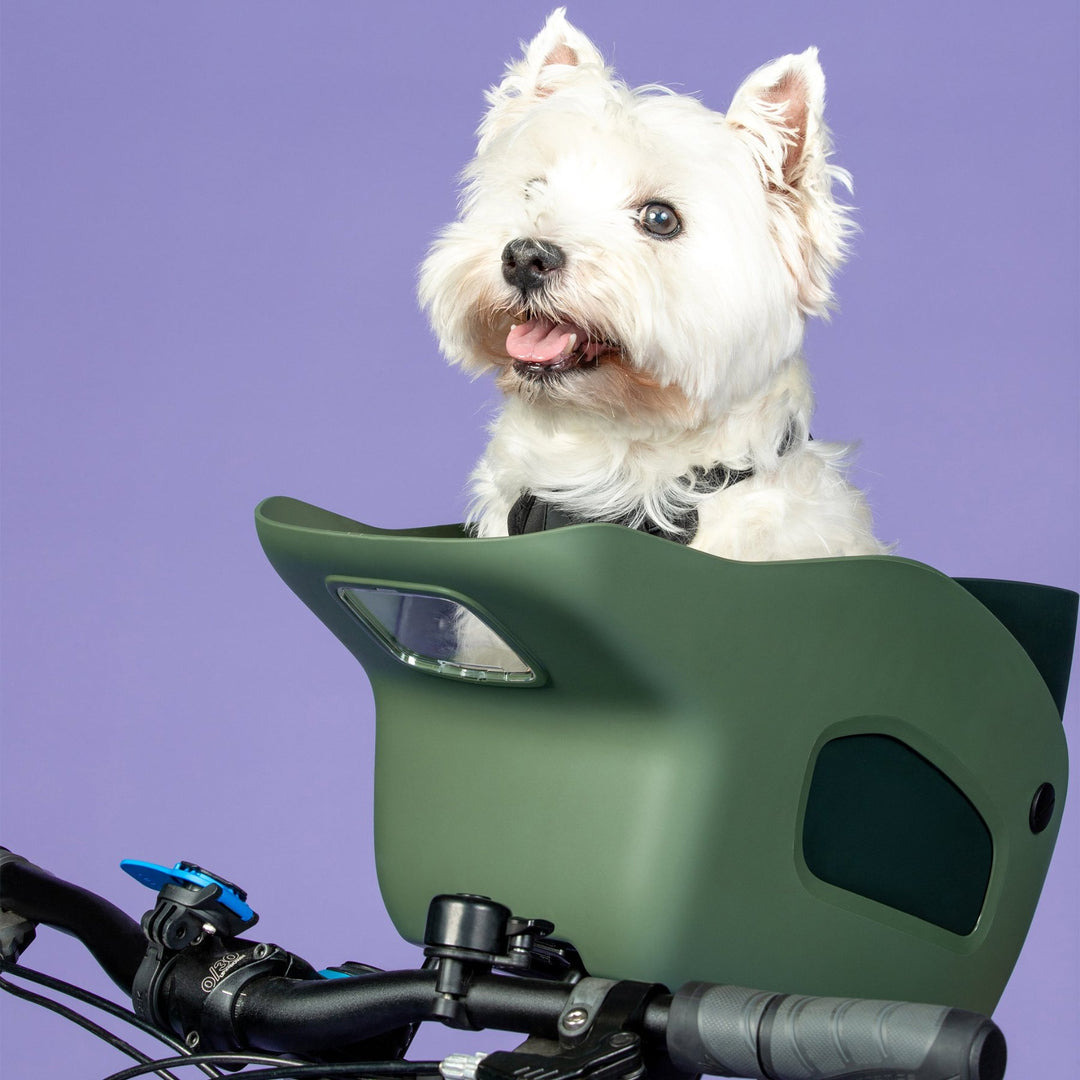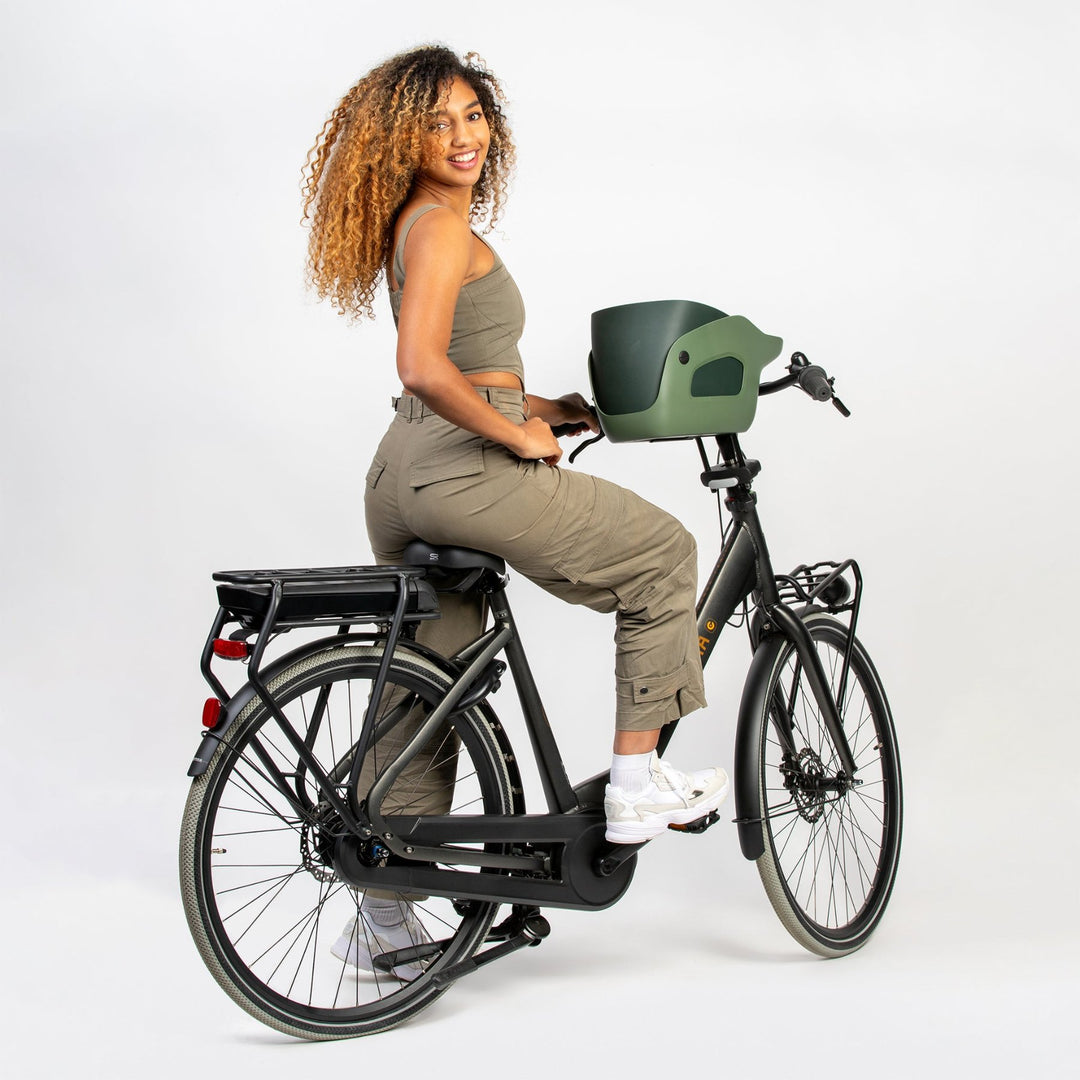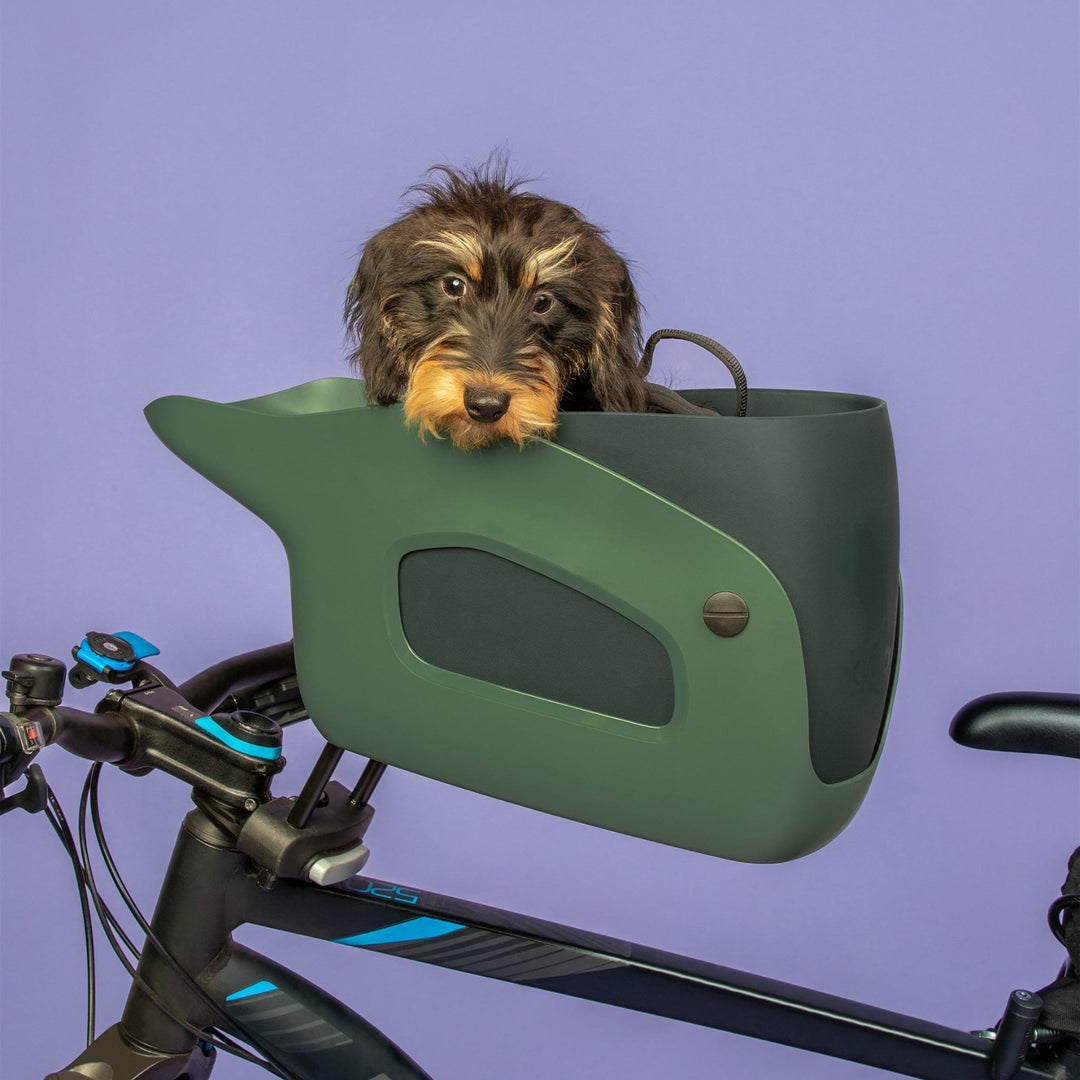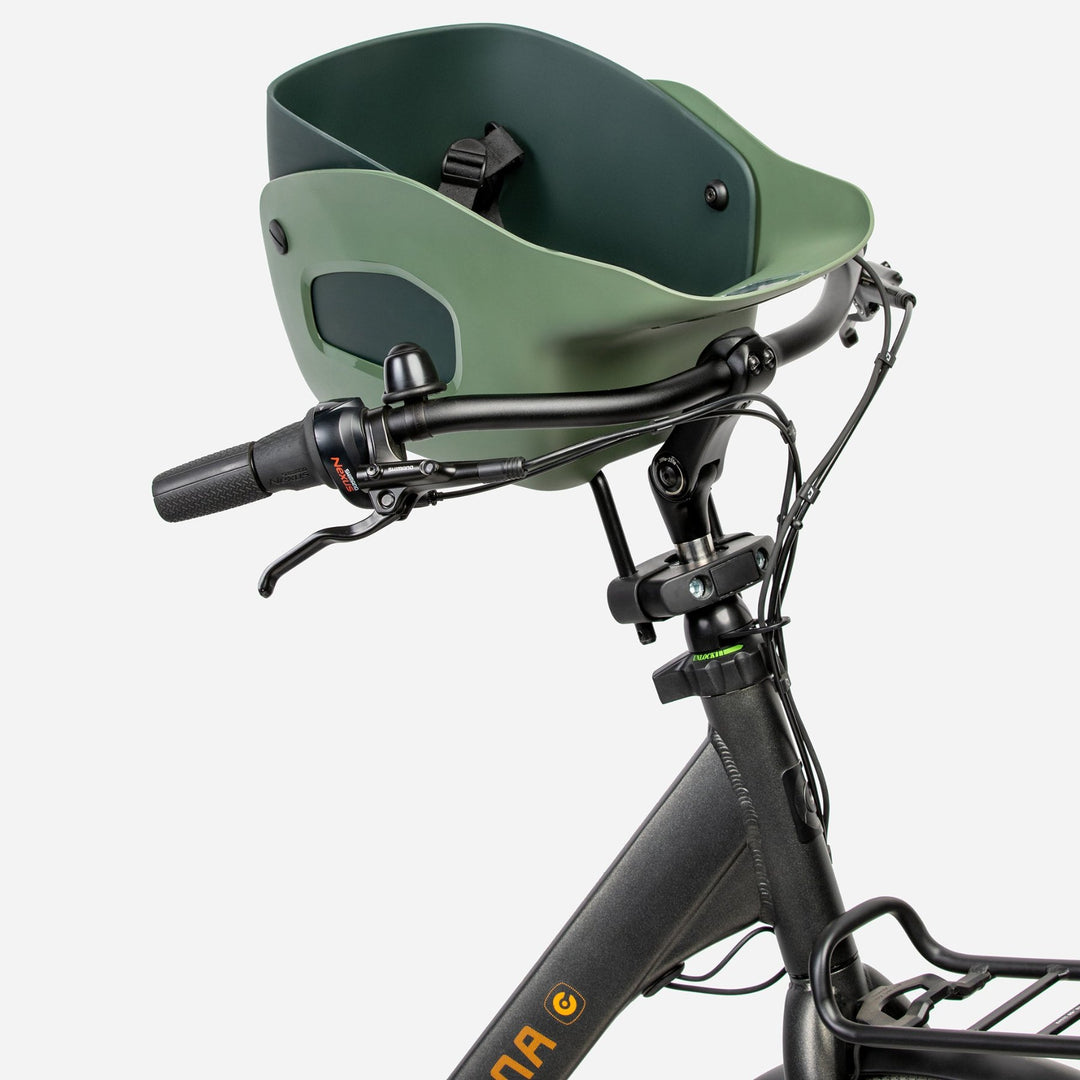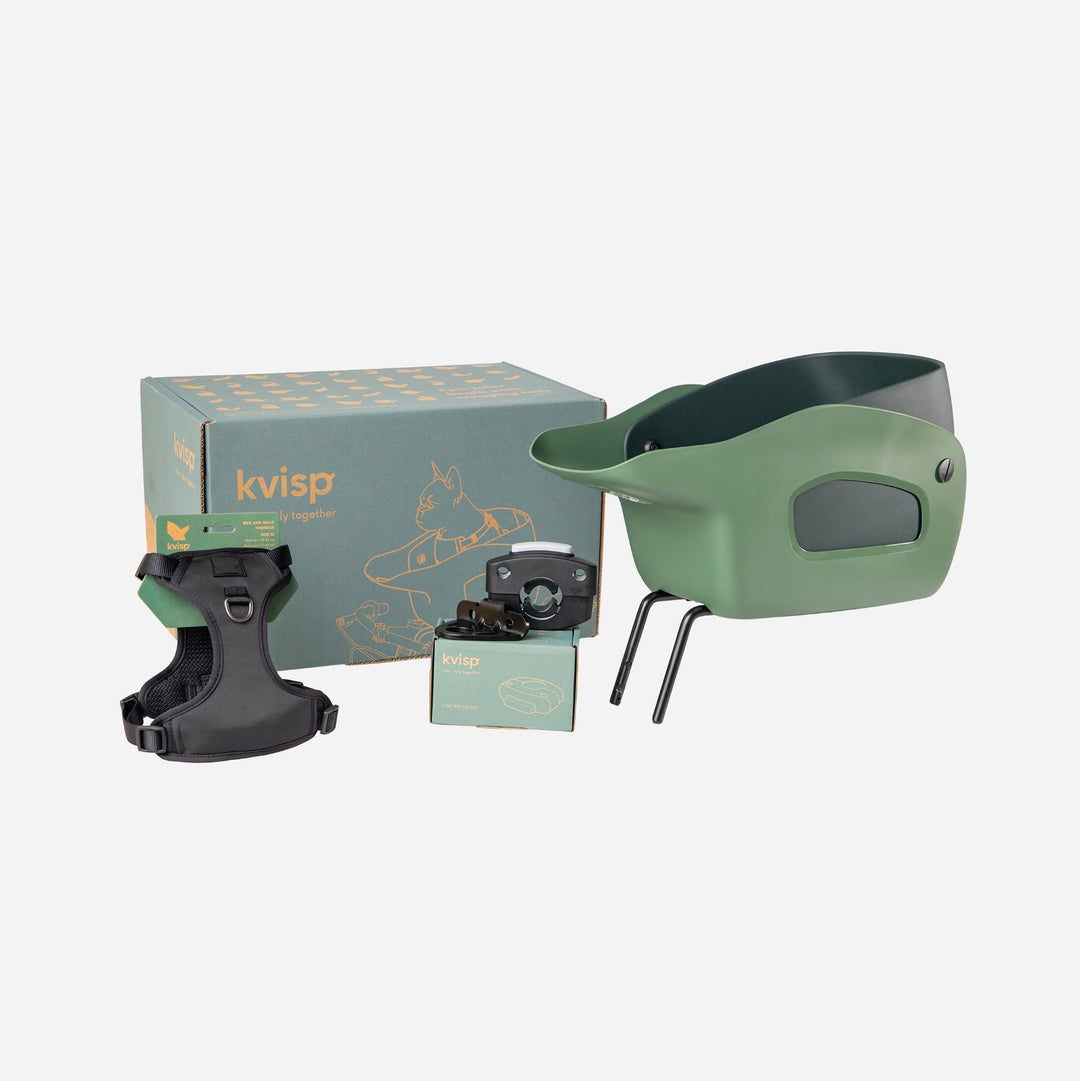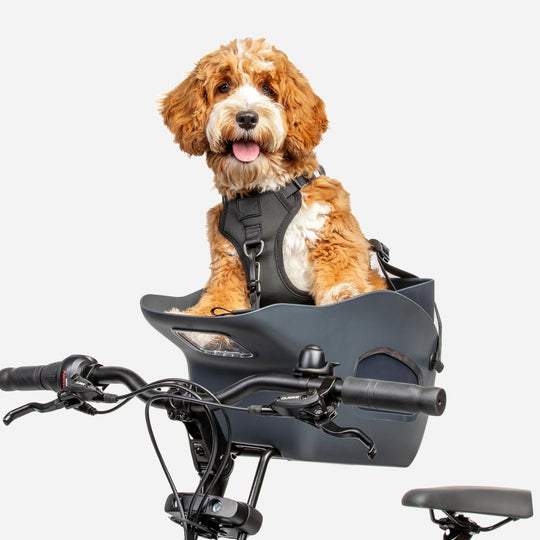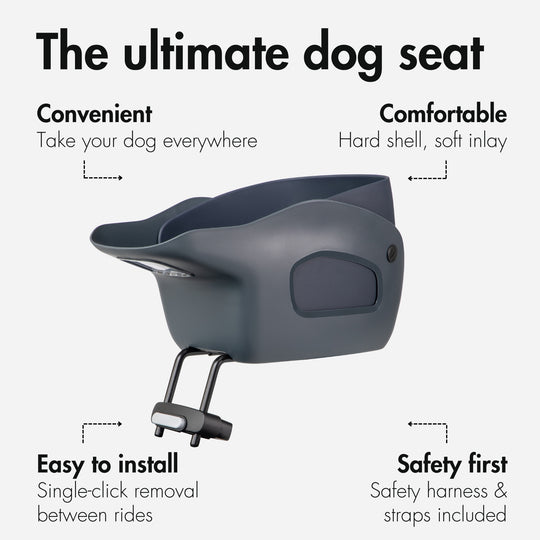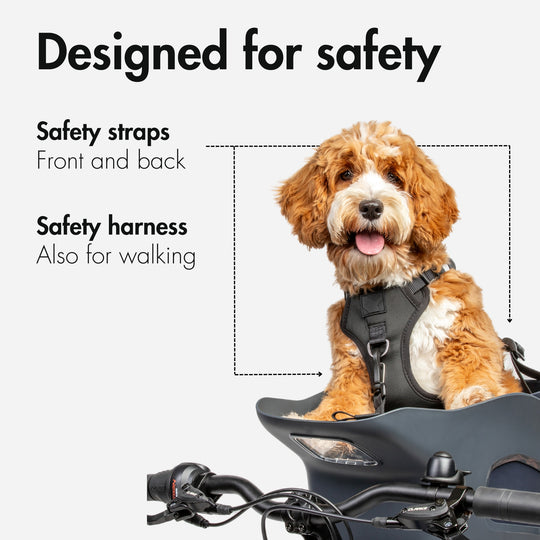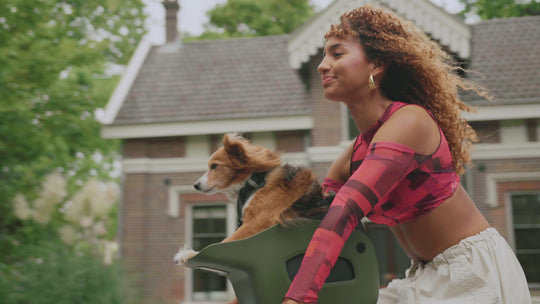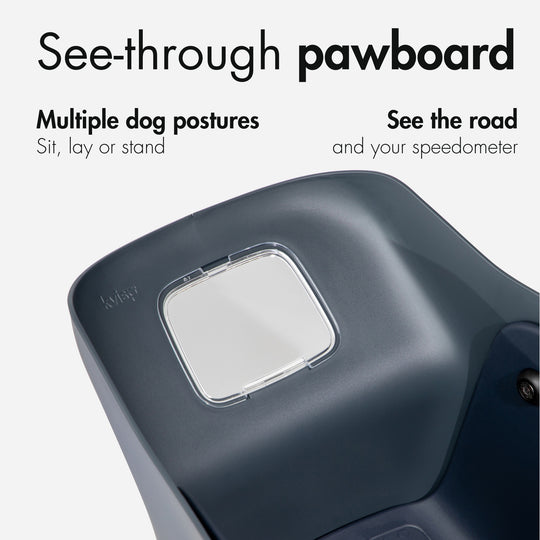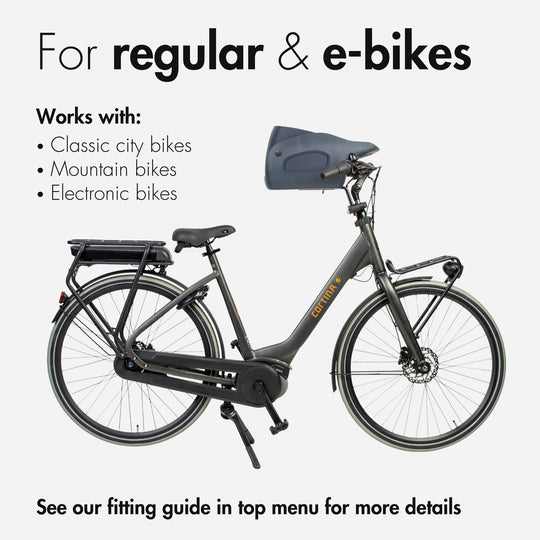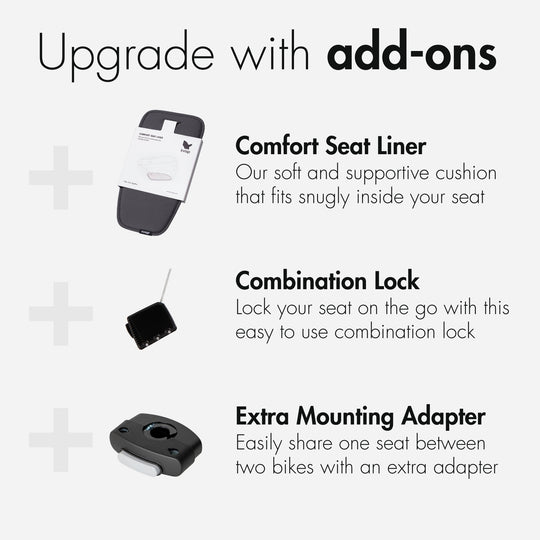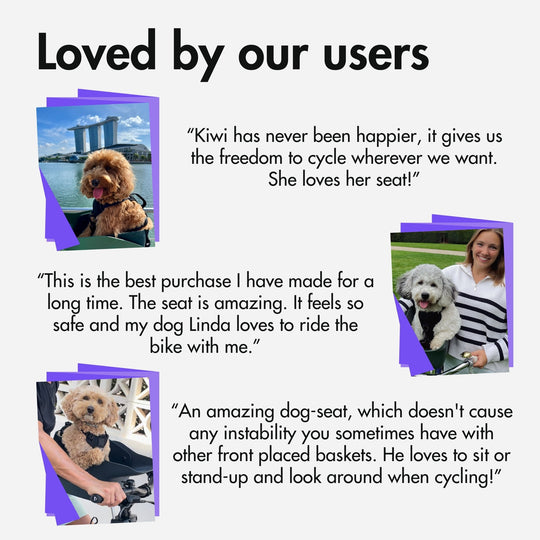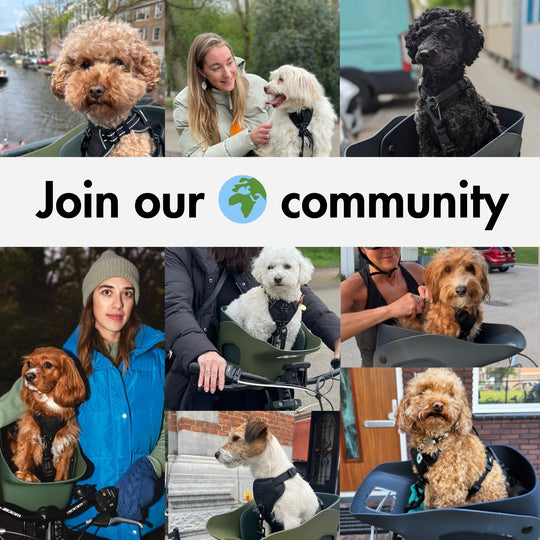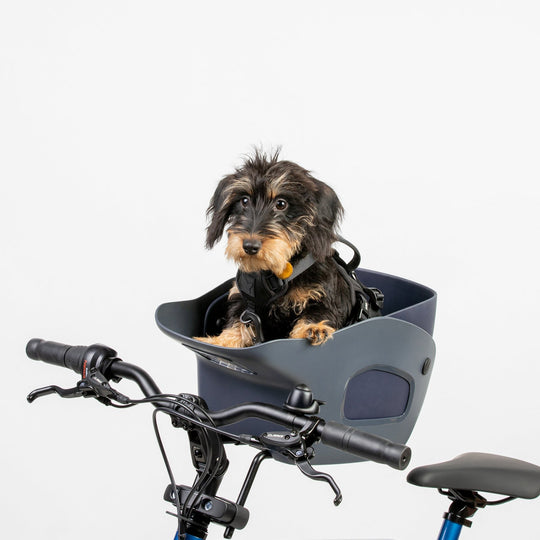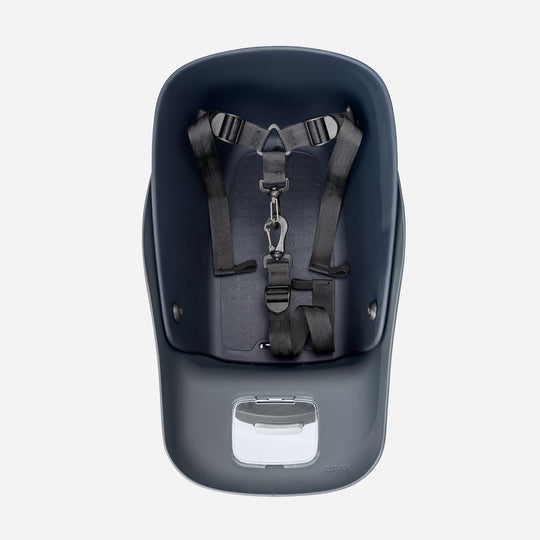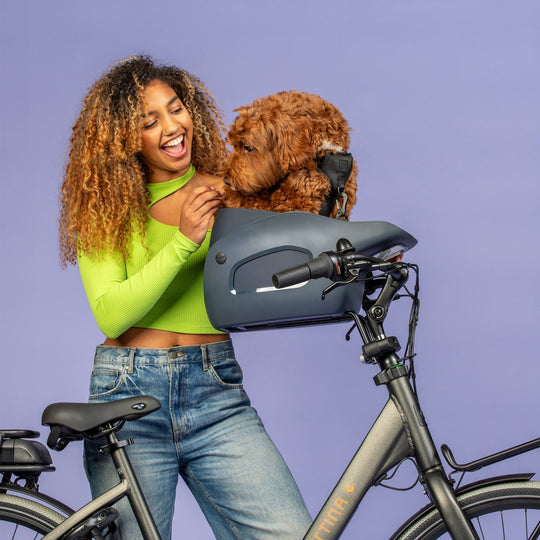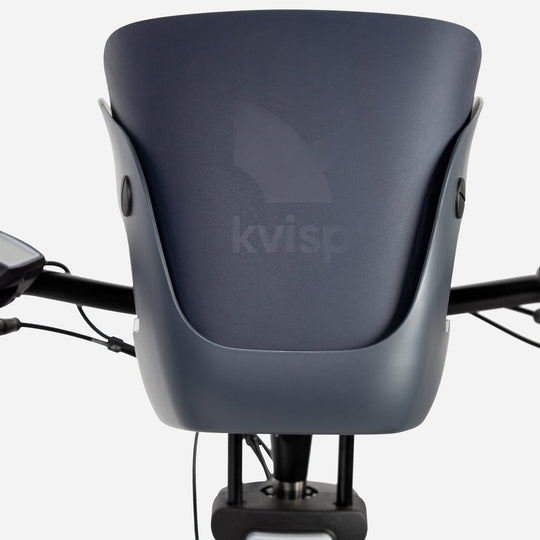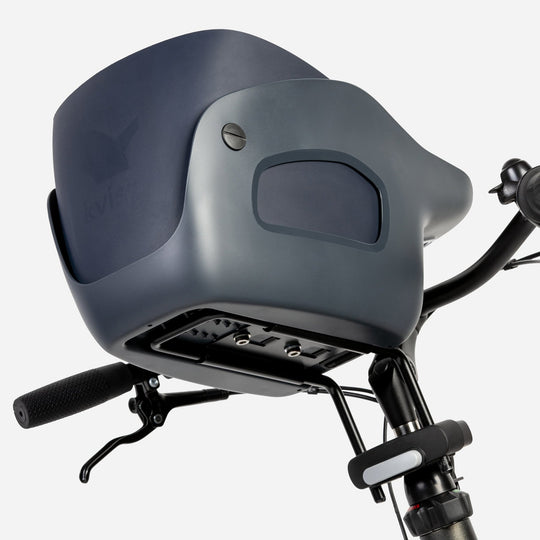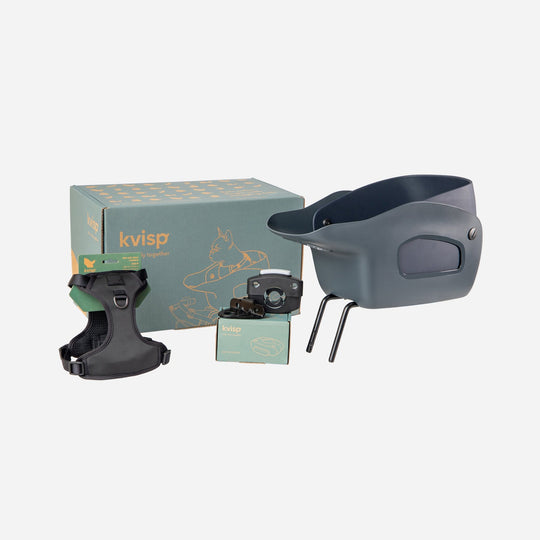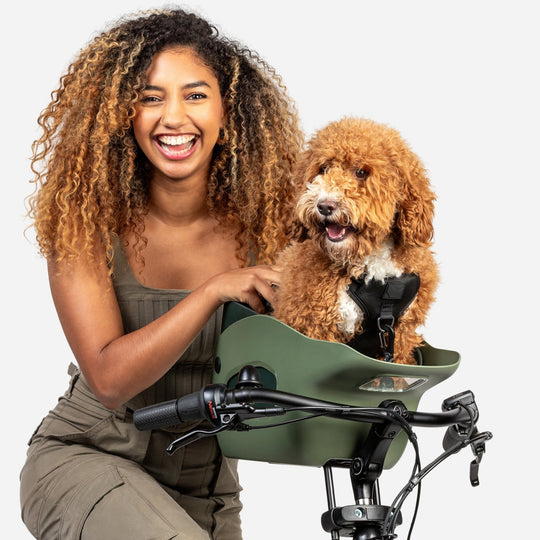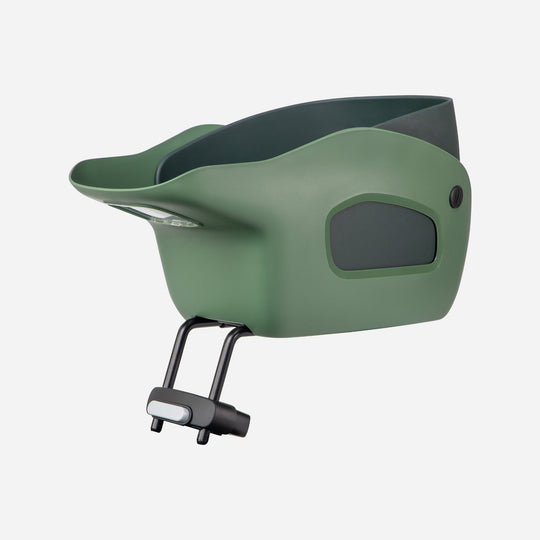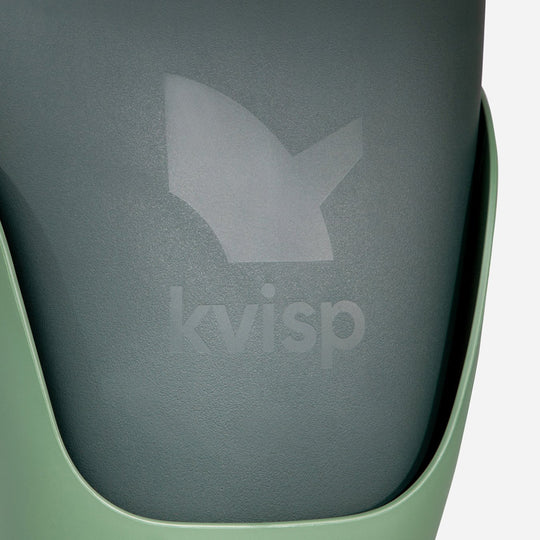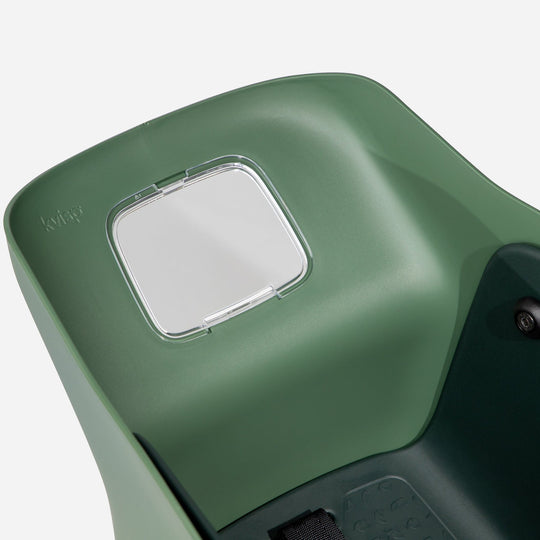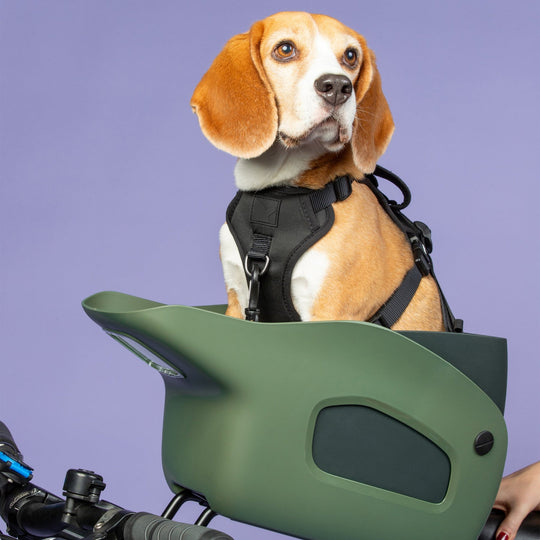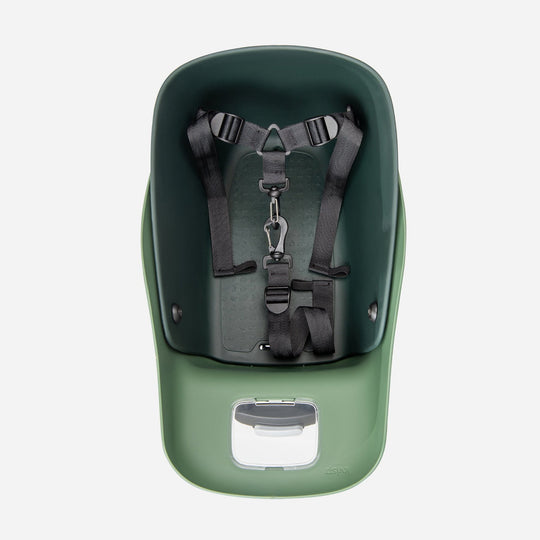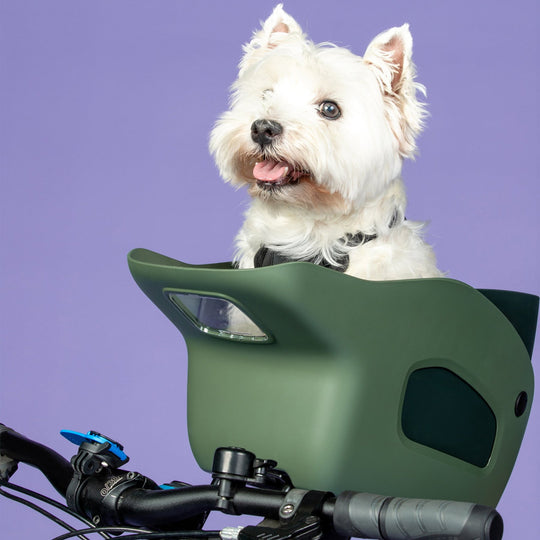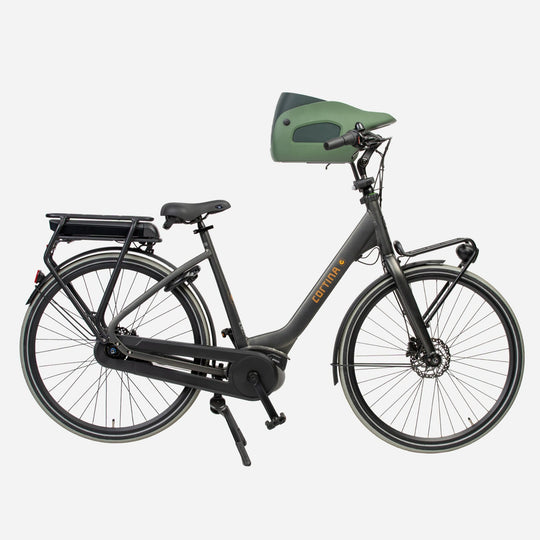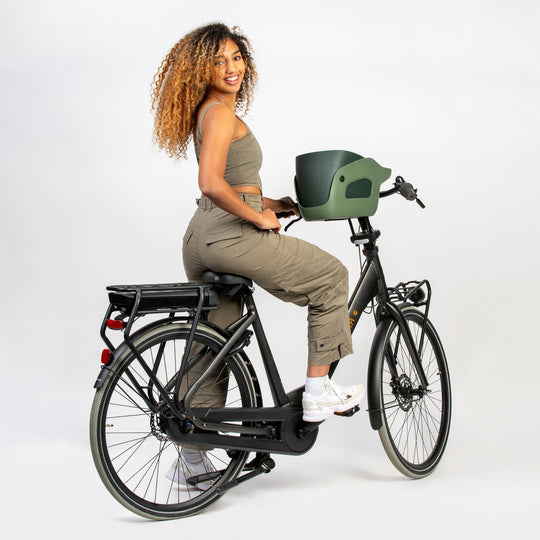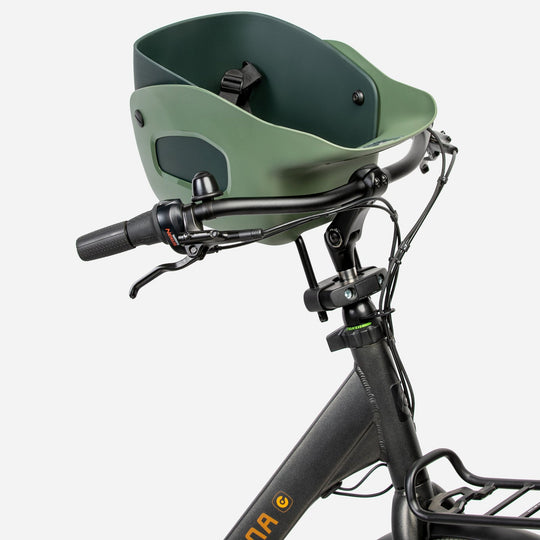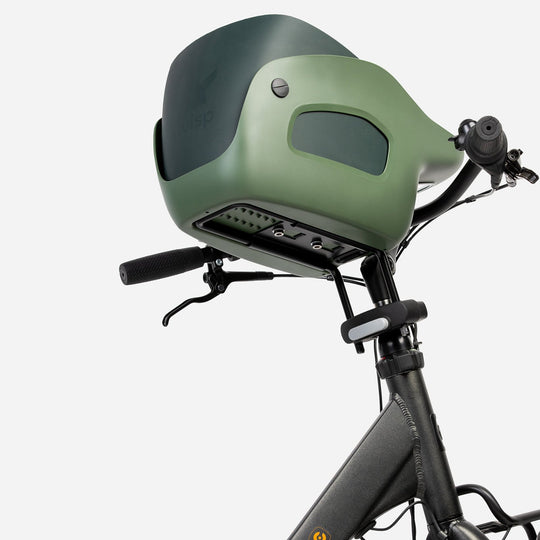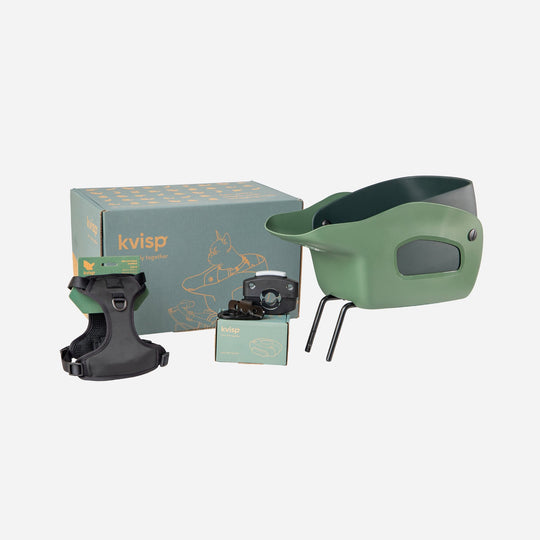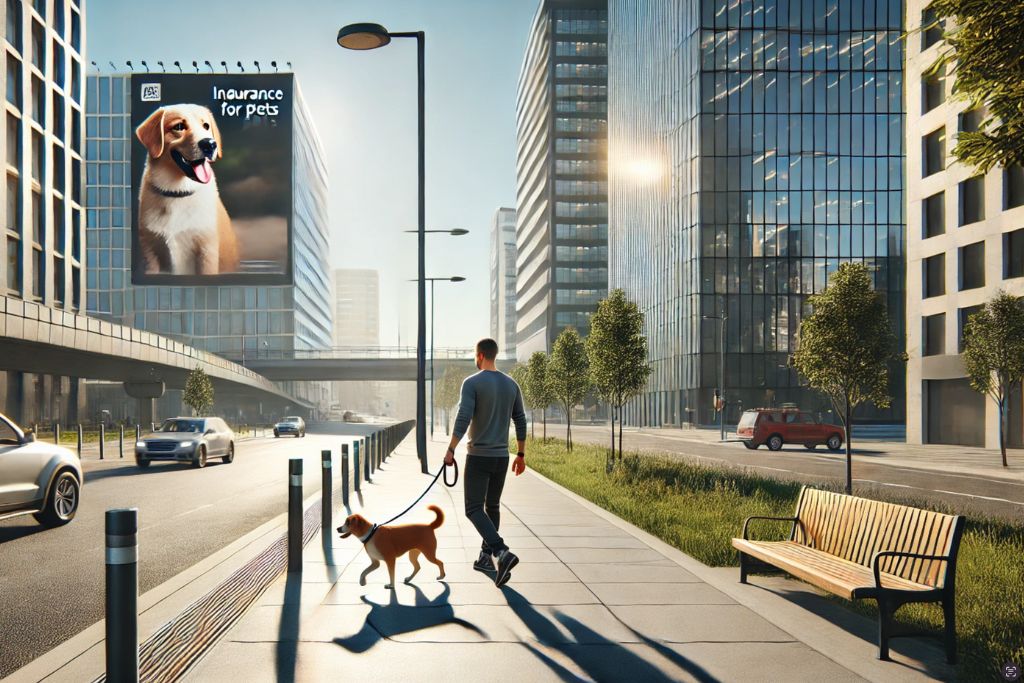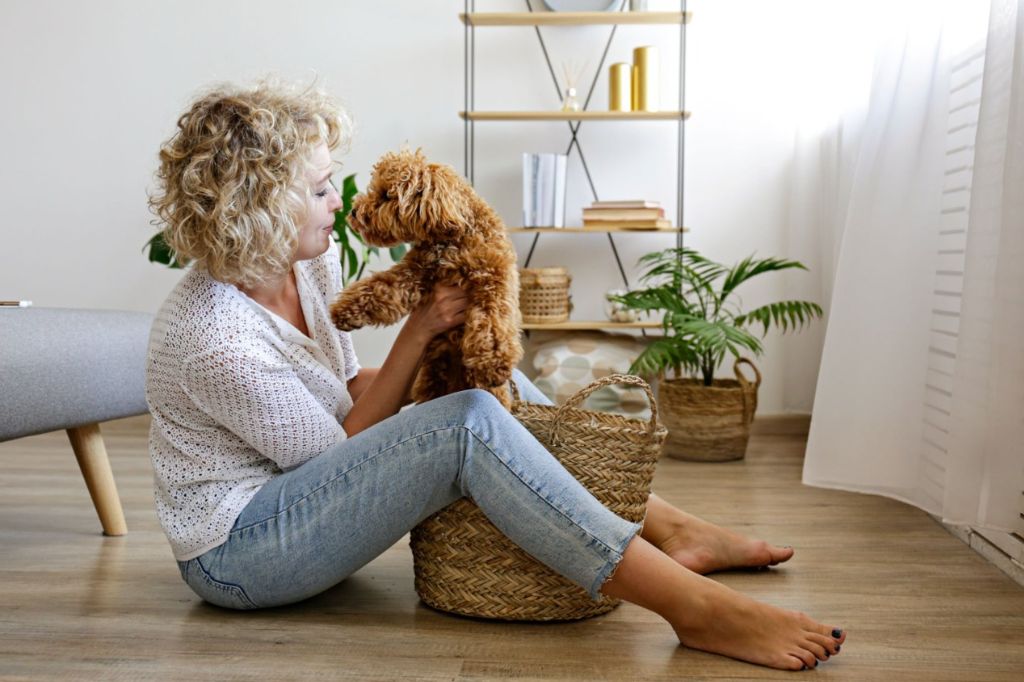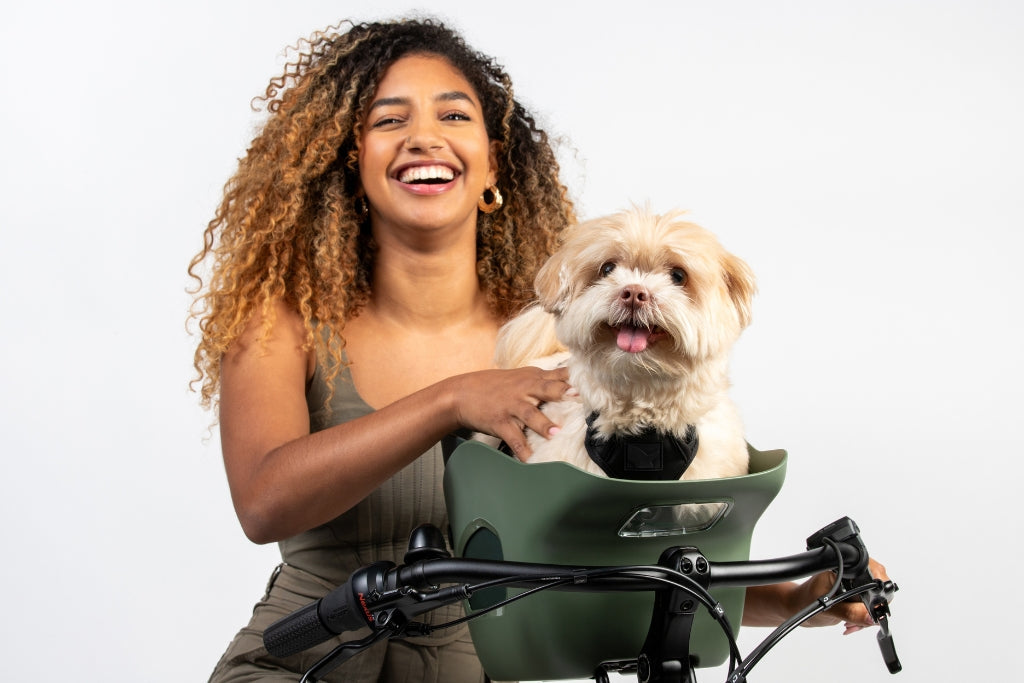How to Handle Long-Distance Bike Trips with Your Dog
Taking your dog on a long-distance bike trip sounds like a dream—fresh air, new trails, and your best buddy by your side. But before you hit the road, you need to ask yourself: is your dog physically and mentally ready? Not all dogs have the endurance for extended trips, and some breeds, especially brachycephalic (short-nosed) ones like pugs and bulldogs, may struggle with long rides due to breathing issues. Older dogs with joint problems may also find the journey too strenuous. It’s important to assess your dog’s fitness level, starting with shorter rides to see how they handle the motion, duration, and overall experience.

Training is just as important as physical readiness. Even if your dog is active, they need to be comfortable with staying in a dog carrier for an electric bike for extended periods. If they get restless or anxious, that could spell trouble on a long trip. Introduce the bike gradually—let them sniff it, sit in the carrier while stationary, then progress to slow rides around the block. Pay close attention to their body language. If they seem relaxed, you're on the right track. If they resist or whimper, slow down the process and offer positive reinforcement with treats and praise!
How to test if your dog is ready:
👉 Short practice rides—start with 10-15 minutes and build up gradually.
👉 Watch for signs of stress—whining, trembling, or trying to escape.
👉 Check their recovery time—are they still full of energy after a ride? Or completely wiped out?
Choosing the Right Bike Setup for You and Your Dog
A smooth ride starts with the right setup. If your dog is small to medium-sized, a dog carrier for an electric bike is a great option. It keeps them secure while giving you full control of the bike. For larger dogs, a bike trailer might be the better choice, offering them space to stretch out while you pedal. Some dogs love riding in a backpack-style carrier, but this depends on their temperament and your comfort. Whatever you choose, make sure it’s stable, well-ventilated, and comfortable for long distances.
👉 Key factors to consider when choosing a carrier or trailer:
✔️ Weight distribution—A poorly balanced carrier can make riding wobbly and unsafe.
✔️ Secure fastenings—Your dog should be able to sit comfortably without the risk of falling out.
✔️ Easy mounting and dismounting—You don’t want to struggle every time you take a break.
✔️ Durability—Rough terrain and long hours mean your setup should withstand wear and tear.
If you're not sure where to start, I highly recommend checking out a sturdy dog carrier for electric bikes that offers both security and comfort. The right model will keep your pup safe while ensuring you can ride with confidence.
Packing Essentials for a Smooth Journey
Long-distance biking with your dog requires a little more prep than a casual ride around the park. You’ll need to carry essentials for both you and your pup to stay hydrated, fueled, and safe. Water is an absolute must—dogs dehydrate quickly, especially in warm weather. Pack a collapsible bowl for easy drinking breaks. Snacks are equally important to keep their energy up, so bring some protein-packed treats along with their regular food.
What to pack for your dog:
➡️ Water & bowl – Hydration is key, especially on hot days.
➡️ Food & treats – Long rides burn a lot of energy, so bring nutritious snacks.
➡️ Leash & waste bags – You’ll need to stop for potty breaks, and no one likes an irresponsible pet parent!
➡️ Cooling vest or blanket – Essential if you're riding in warm climates.
➡️ First-aid kit – Minor cuts or paw injuries can happen on rough trails.
One overlooked item that I always recommend? A bike-and-walk safety harness. Not only does it help secure your pup in their carrier, but when you stop for breaks or switch to walking, it gives you better control while keeping them comfortable. Plus, it transitions effortlessly between biking and strolling—super convenient!
Training Your Dog to Ride Comfortably
Even the most adventurous dogs need a little time to get used to bike rides. The goal is to build a positive association with their dog carrier for an electric bike so they feel safe and relaxed throughout the journey. Start by introducing the carrier at home—place it on the floor, let them sniff around, and reward them for stepping inside. Once they seem comfortable, try securing them in it while stationary, then move on to very short rides.
What NOT to do:
❌ Forcing your dog into the carrier if they resist—it will only increase fear.
❌ Skipping the training phase and going straight for long rides.
❌ Ignoring signs of distress like whining, panting, or attempts to escape.
With consistent training, most dogs learn to love the experience. Be patient, keep sessions short, and always end on a positive note—this will make them eager to hop in for the next ride!
Mapping Out Your Route and Rest Stops
A well-planned route makes all the difference when biking long distances with your dog. Before you set out, research dog-friendly paths that have shaded rest areas, access to water, and minimal traffic. Some bike trails are more accommodating than others, and not all public spaces allow dogs, so double-check the regulations before heading out.
➡️ Route planning tips:
✔️ Stick to paved paths or well-maintained trails—rough terrain can be tough on your dog's body.
✔️ Identify safe, shady spots for breaks to prevent overheating.
✔️ Keep rides manageable—longer distances should be built up gradually.
Another important factor? Avoiding high-traffic roads. Loud noises, speeding vehicles, and unpredictable surroundings can make your dog anxious, even if they’re secured in their carrier. Choosing scenic trails with minimal disruptions makes for a much more enjoyable ride for both of you.
Managing Your Dog’s Comfort on Long Rides
Long-distance trips require more than just endurance—they also demand comfort. A dog carrier for an electric bike should provide ample space for your pup to sit or lie down naturally without being squished. If they’re shifting around a lot or seem restless, it might mean they’re uncomfortable, so adjust the setup as needed.
👉 Ways to keep your dog comfortable:
✔️ Use a padded liner inside the carrier for extra cushioning.
✔️ Choose a carrier with ventilation to allow airflow on hot days.
✔️ Plan for frequent stretch breaks—even small dogs need to move around.
✔️ Adjust positioning to prevent uneven weight distribution that might strain your ride.
If your dog tends to get fidgety, adding a familiar item—like their favorite blanket or toy—can help them feel more secure. A smooth, comfortable ride means a happy pup, and that makes the whole adventure more enjoyable for both of you!

Keeping Your Dog Safe While on the Road
Safety is everything when biking long distances with your dog. Even the most well-behaved pup can get startled by unexpected noises, passing cyclists, or wildlife. That’s why securing them properly in their dog carrier is non-negotiable. If your carrier has a built-in safety leash or harness attachment, use it—it prevents your dog from suddenly jumping out if they get spooked. Also, make sure they can’t shift their weight too much inside the carrier, as sudden movements can throw off your balance.
👉 Safety Must-Haves for Long Bike Trips:
✅ Reflective gear & lights – Visibility is crucial, especially in low-light conditions.
✅ A sturdy carrier with proper fastenings – A loose or wobbly setup is a disaster waiting to happen.
✅ Protective goggles (yes, really!) – These keep dust, wind, and bugs out of your dog’s eyes.
✅ A secure bike harness – A regular collar won’t cut it; harnesses distribute weight more safely.
One thing I always do is a quick safety check before every ride. Give the carrier a little shake—if it wobbles or feels unstable, fix it before you head out. Also, always have an emergency plan in case something goes wrong. Whether it’s knowing the nearest vet along your route or carrying a basic first-aid kit, being prepared makes all the difference.
The Importance of a Reliable Dog Carrier
Let’s be real—when you’re going the distance, a flimsy, uncomfortable carrier just won’t do. The right dog carrier for an electric bike isn’t just about convenience; it’s about your dog’s well-being. A poorly designed carrier can lead to discomfort, restlessness, or even injuries on bumpy roads. That’s why investing in a high-quality, well-ventilated, and secure carrier is one of the best decisions you can make for your adventure.
👉 What to Look for in a Long-Distance Dog Carrier:
✅ Comfortable interior – Your dog should be able to sit or lie down without feeling cramped.
✅ Durable materials – A good carrier should withstand wear and tear from long rides.
✅ Secure straps & harness points – To prevent your pup from jumping out mid-ride.
✅ Weather protection – Look for water-resistant options if you ride in unpredictable conditions.
Personally, I swear by a carrier that provides both security and comfort without making my bike feel unstable. If you're in the market for one, check out the Kvisp dog carrier for electric bikes—it's built for longer rides, with thoughtful design features that keep dogs safe and cozy. Once you experience the difference a solid carrier makes, you'll never look back!

Fueling Your Dog’s Energy with Proper Nutrition
Long-distance biking burns a ton of energy—not just for you, but for your pup too! Just like athletes need the right fuel, your dog needs a solid nutrition plan before, during, and after your ride. If they’re too hungry or dehydrated, they’ll become sluggish or irritable, which isn’t fun for anyone. That’s why pre-ride meals should be light but nutrient-dense, and hydration should be constant.
👉 Smart Feeding Strategies for Bike Trips:
➡️ Pre-Ride: A light meal with protein and healthy fats about an hour before setting off.
➡️ During the Ride: Small, energy-boosting snacks (like freeze-dried meat treats) during rest stops.
➡️ Post-Ride: A balanced meal with hydration to help with recovery.
Water is just as crucial. Dehydration can hit fast, especially on hot days. Always stop for hydration breaks—even if your dog doesn’t seem thirsty, offer them water frequently. A collapsible water bowl is a lifesaver here, making it easy to keep them drinking without adding bulk to your gear.
Weather Considerations and Seasonal Adjustments
Not every day is perfect for a bike ride, and different seasons come with their own challenges. Hot summer rides can be brutal, while cold-weather trips require extra precautions. Knowing how to adjust for the weather ensures that your dog stays safe and comfortable, no matter the season.
➡️ How to Handle Hot Weather:
✔️ Ride early in the morning or late in the evening to avoid peak heat.
✔️ Use a cooling vest or damp towel in the carrier to regulate body temperature.
✔️ Stick to shaded trails and stop more frequently for hydration.
➡️ Cold Weather Adjustments:
✔️ Layer up with an insulated dog jacket or blanket if needed.
✔️ Avoid wet or icy roads that could make riding unsafe.
✔️ Keep rides shorter—cold air can be harsh on your dog’s lungs.
If you’re riding in unpredictable weather, having rain covers or wind shields for your carrier can be a game changer. Nothing dampens a long ride like an unexpected downpour—literally!
Strengthening the Bond Through the Journey
There’s something special about biking long distances with your dog—it’s not just about the destination, but the journey you experience together. Dogs love exploring new environments, and sharing that adventure builds trust and strengthens your bond. Over time, they’ll learn your rhythm, recognize rest stops, and even get excited when they see you gearing up for a ride!
👉 Ways to Make the Experience More Fun for Your Dog:
✔️ Incorporate playtime during breaks—let them stretch, sniff around, and enjoy the surroundings.
✔️ Talk to them as you ride—your voice reassures them and makes them feel included.
✔️ Let them have some control—if they seem restless, stop and let them walk for a bit before continuing.
By making your dog an active part of the experience rather than just a passenger, you’re giving them something more than just a bike ride—you’re giving them an adventure they’ll love.
What You’ll Learn After Your First Long-Distance Bike Trip
After your first big trip, you’ll realize just how much preparation goes into making it a smooth ride. Maybe you’ll notice that your dog gets restless after a certain number of miles, or that they prefer shaded routes over open roads. You’ll figure out what snacks work best for quick energy boosts and what gear truly holds up under real-world conditions.
Each trip teaches you something new—not just about long-distance biking, but about your dog’s personality and preferences. As you fine-tune your setup, you’ll start feeling like a pro, effortlessly planning trips that both you and your dog enjoy. And who knows? This could be the start of many incredible biking adventures together.




